Quick Walk Through The Australian, Japanese, and Chinese Gardens 10/9/2013

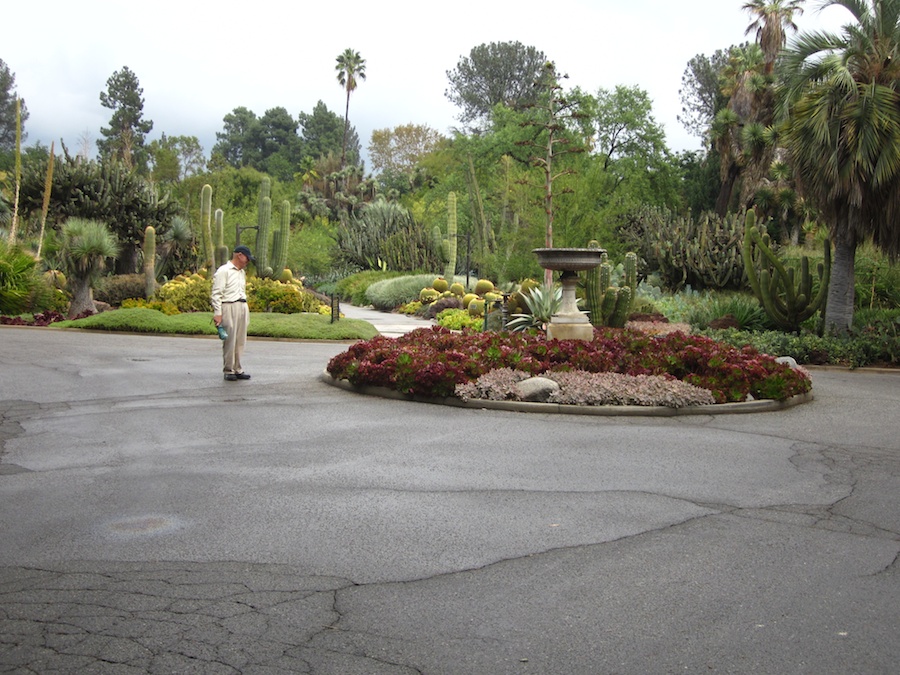
We drag Greg from the desert to Australia
Did You Know? - Directly below and parallel to the Subtropical Garden, this five-acre expanse of meadow and groves offers a pleasant contrast to the paths and manicured lawns located on the hilltop. Early photos of this area show a grove of young Washington Navel orange trees.
By the 1940s the orange trees were past their prime and 1,000 eucalyptus trees from the U.S. Department of Agriculture were planted to test their viability as timber. By the 1960s this dense planting had become an overgrown fire hazard and the trees were drastically thinned, leaving only the most interesting and attractive specimens. Informal groups of other plants native to Australia were interspersed among the trees, and the area was opened to the public in 1964.
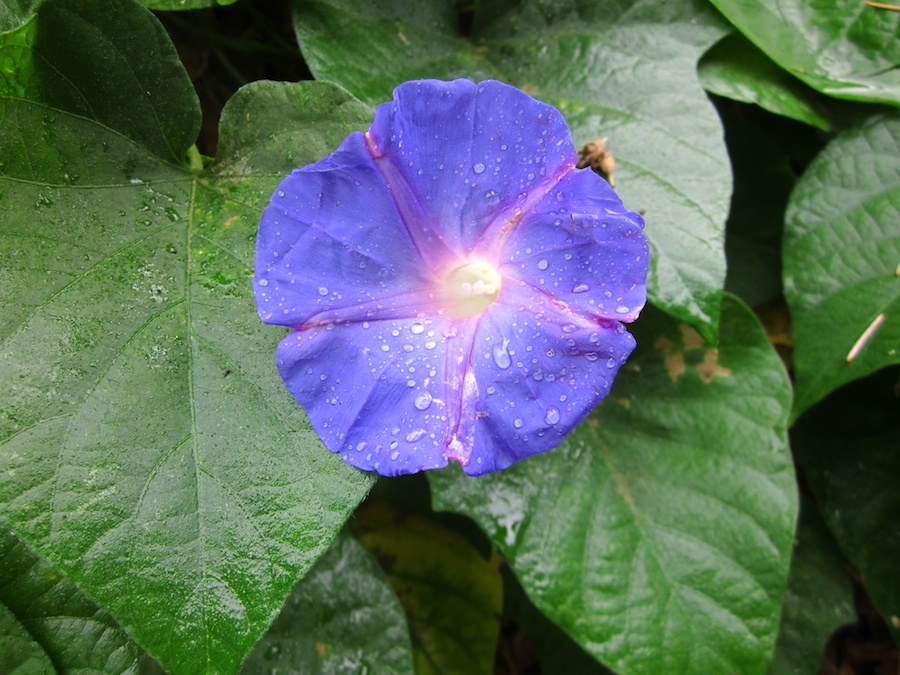
The morning glory was huge
Did You Know? - Most morning glory flowers unravel into full bloom in the early morning. The flowers usually start to fade a few hours before the "petals" start showing visible curling. They prefer full solar exposure throughout the day, and mesic soils. Some morning glories, such as Ipomoea muricata, are night-blooming flowers.
In some places, such as Australian bushland, some species of morning glories develop thick roots and tend to grow in dense thickets. They can quickly spread by way of long, creeping stems. By crowding out, blanketing and smothering other plants, morning glory has turned into a serious invasive weed problem.
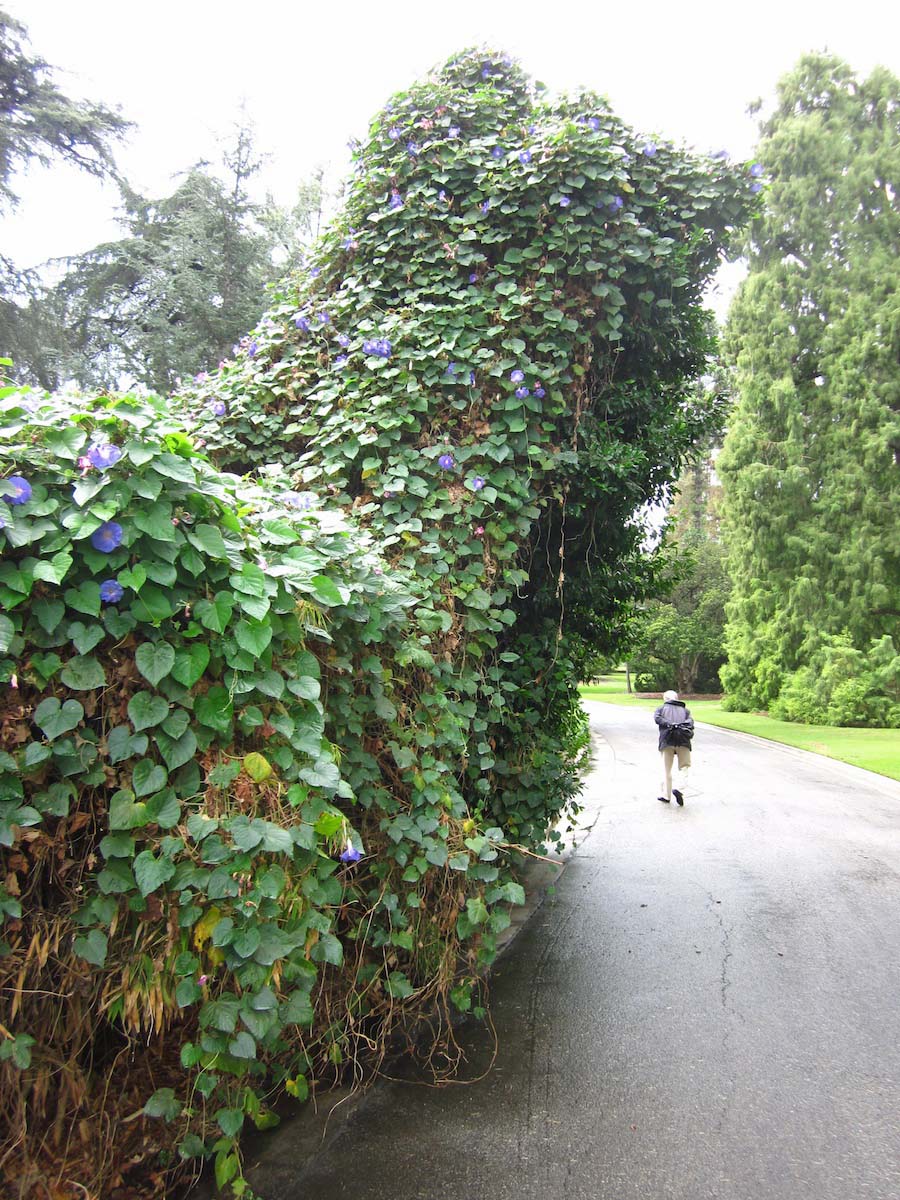
Sue is off... Where to you might ask???

The facilities are great all over the garden
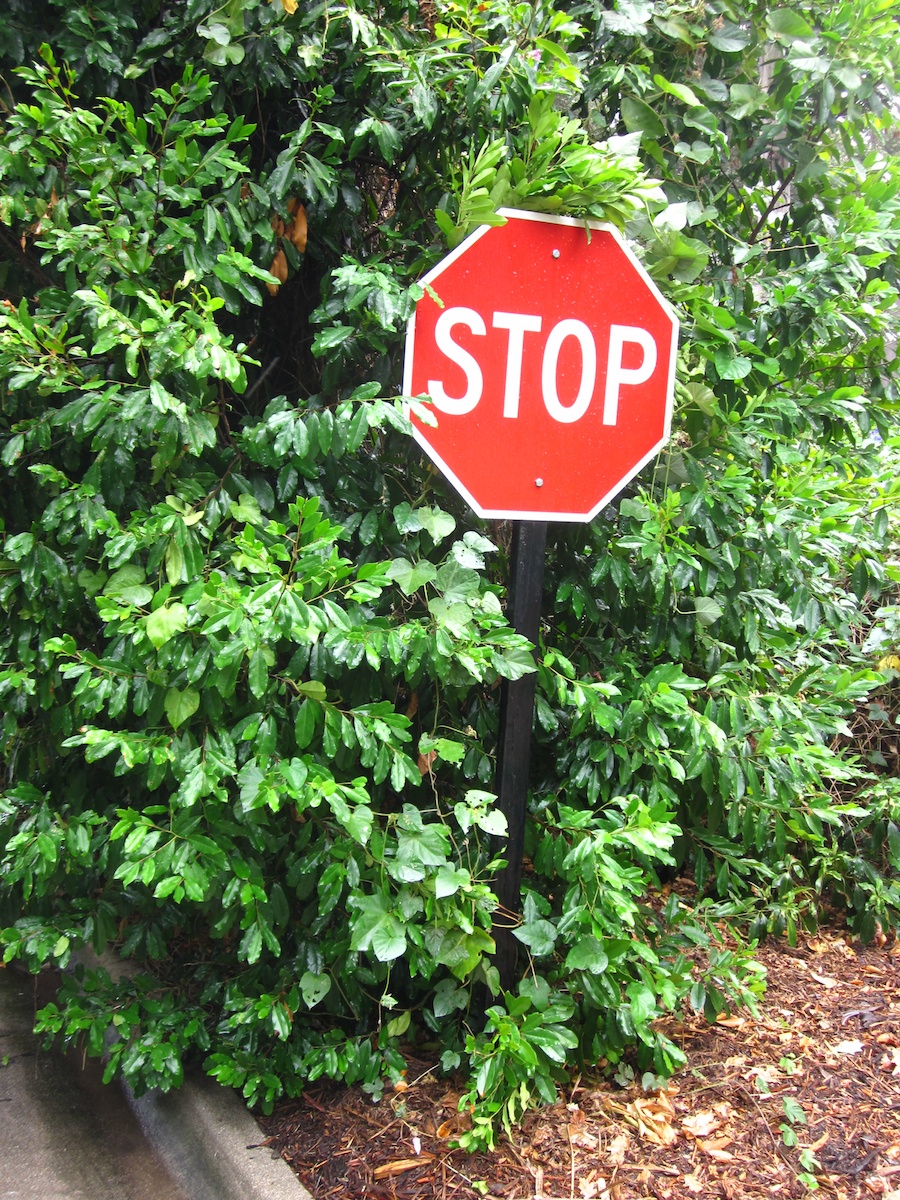
We did NOT stop.... we kept moving

The Australian flowers were in full bloom

We did not see any rattlesnakes....

This is their normal color....

Blooming trees were interesting....
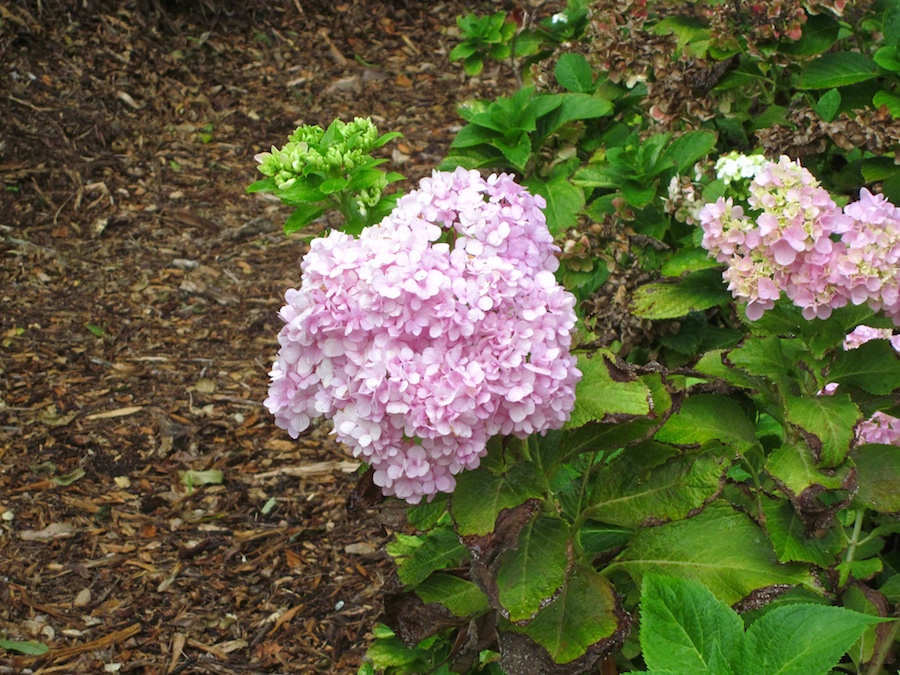
Just amazing colors
We Arrive At The Japanese Garden Entrance


We are bottom left
Did You Know? -
Common Japanese expression, short for "ah so desu ka".
"Ah" means "ah" like in English.
"So" means "that kind of thing" or "that way".
"Desu ka" (pronounced "des-ka") means "is it"? Desu is the verb to be, and ka makes it a question.
So the meaning is "oh, that's how it is."
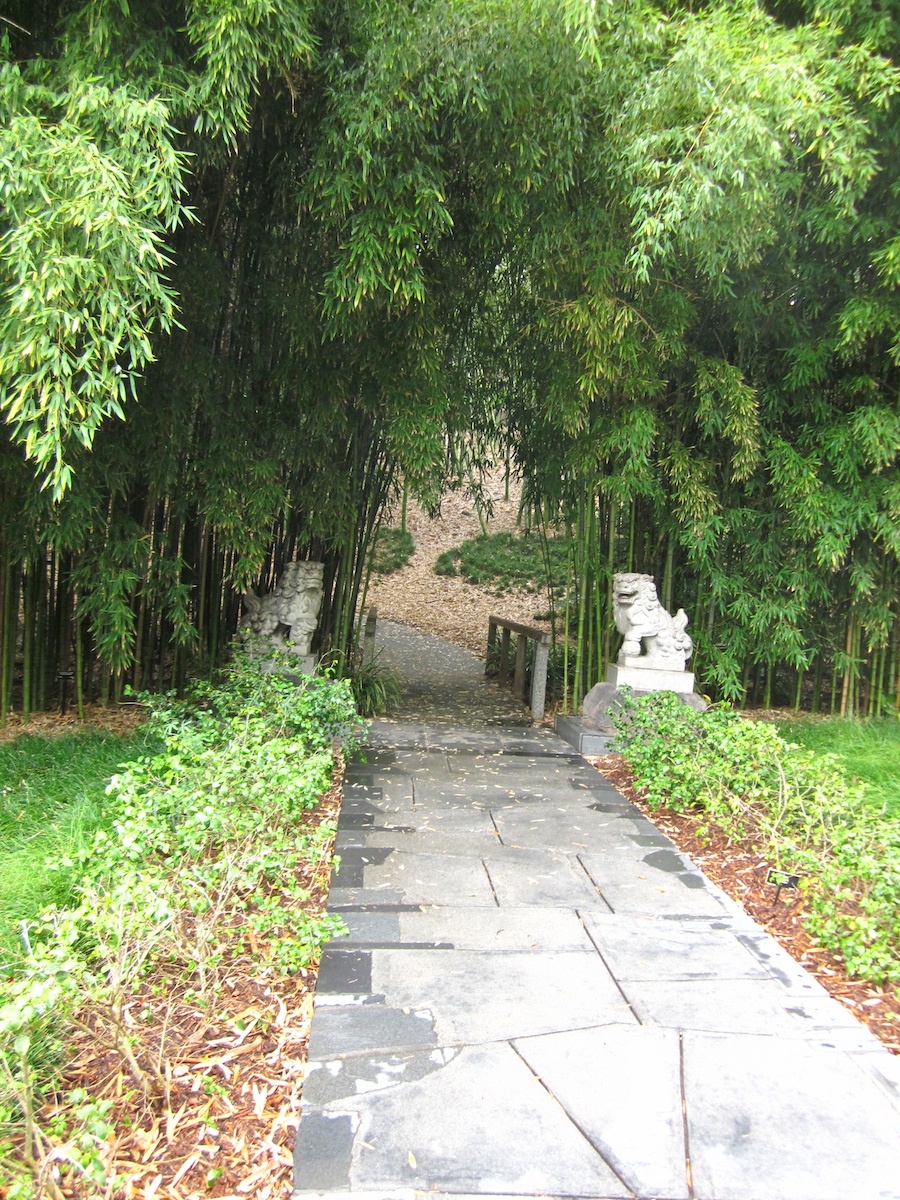
The komainu statues welcome us
Did You Know? - Meant to ward off evil spirits, modern komainu statues are almost identical, but one has the mouth open, the other closed. This is a very common characteristic in religious statue pairs at both temples and shrines.
This pattern is however Buddhist in origin (see the article about the Ni?, human-form guardians of Buddhist temples) and has a symbolic meaning. The open mouth is pronouncing the first letter of the Sanskrit alphabet, which is pronounced "a", while the closed one is uttering the last letter, which is pronounced "um", to represent the beginning and the end of all things.
Together they form the sound Aum, a syllable sacred in several religions like Hinduism, Buddhism, and Jainism.
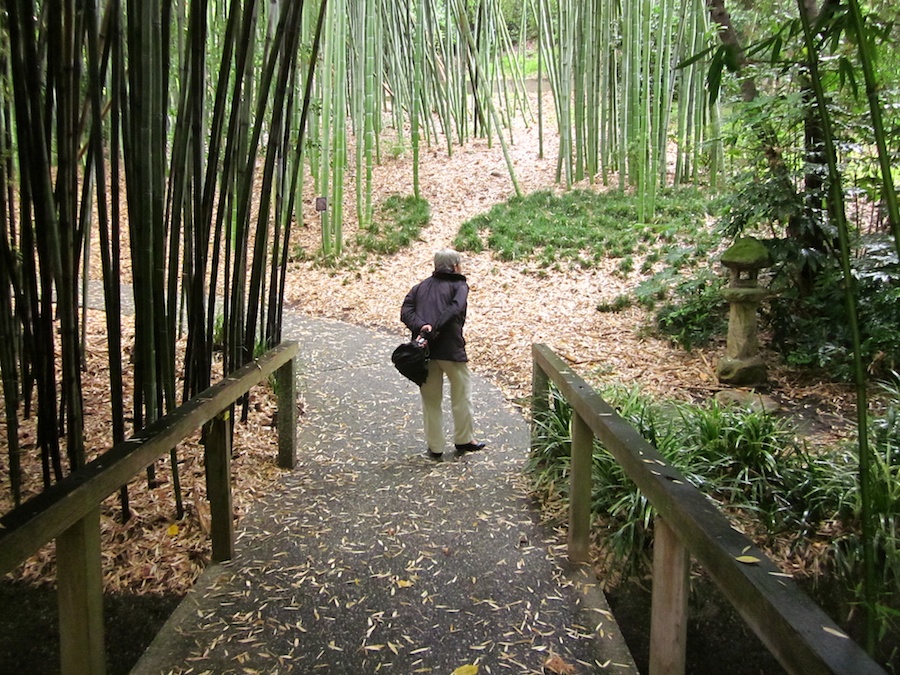
The bamboo forest was amazing... To think it is a form of grass

Hello Mr. Komainu
Did You Know? - Ubiquitous as they are now at shrines, Komainu have been used outdoors only since the 14th century. In Asia, the lion was popularly believed to have the power to repel evil, and for this reason it was habitually used to guard gates and doors.
In Japan, too it ended up being installed at the entrance of shrines and temples next to the lion-dog. As a protection against exposure to Japan's rainy weather, the komainu started being carved in stone.

Anyone need a fishing pole??
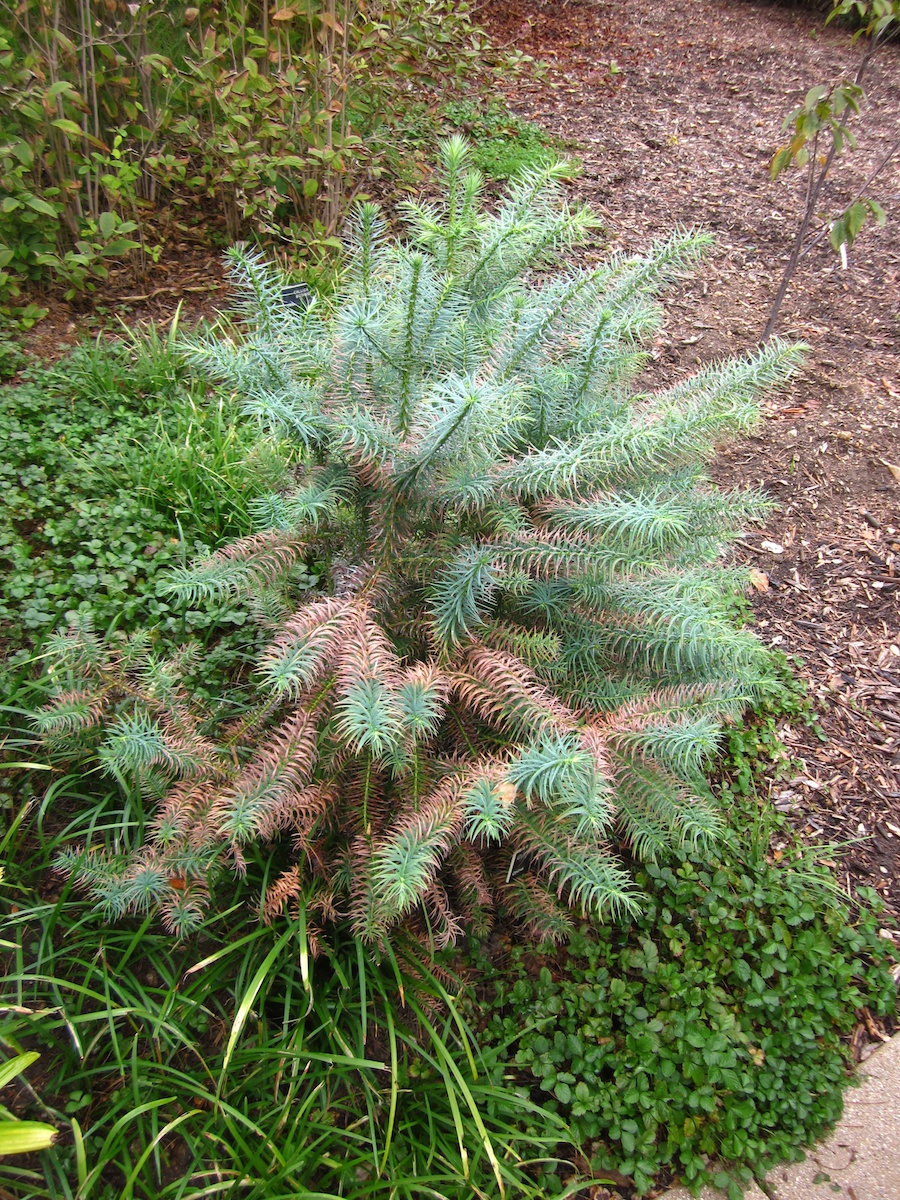
Again we have greens and reds....
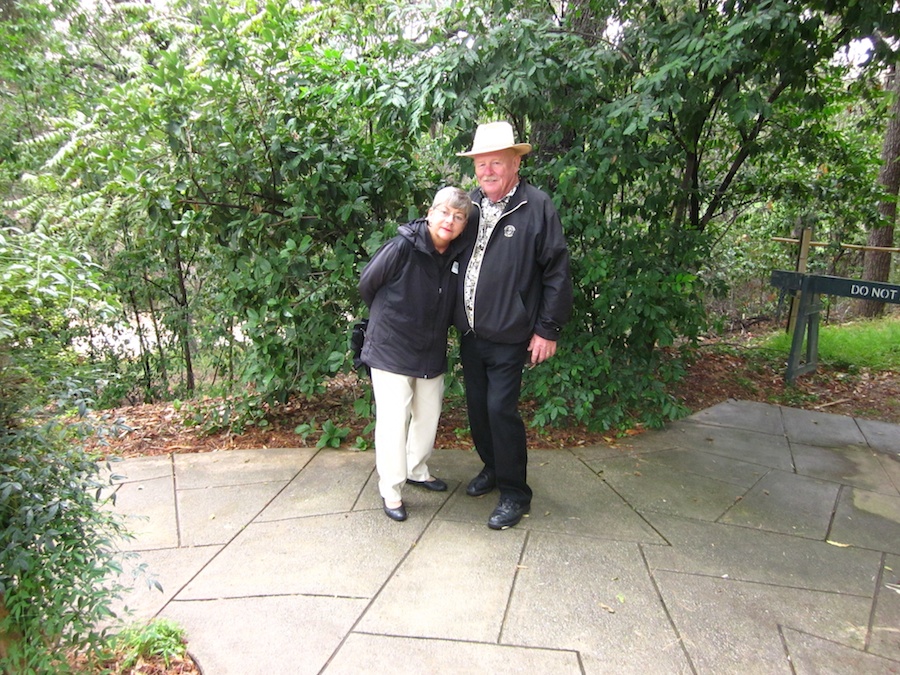
We stopped to rest and Greg snapped the picture
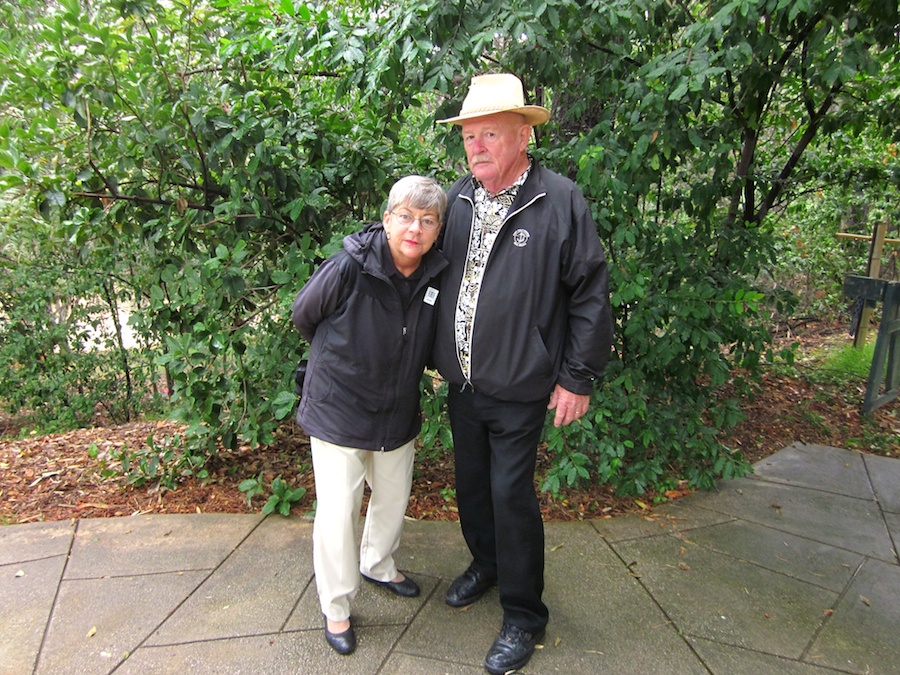
The weather is now drizzle free....
We Visit The Japanese Bonsai Garden

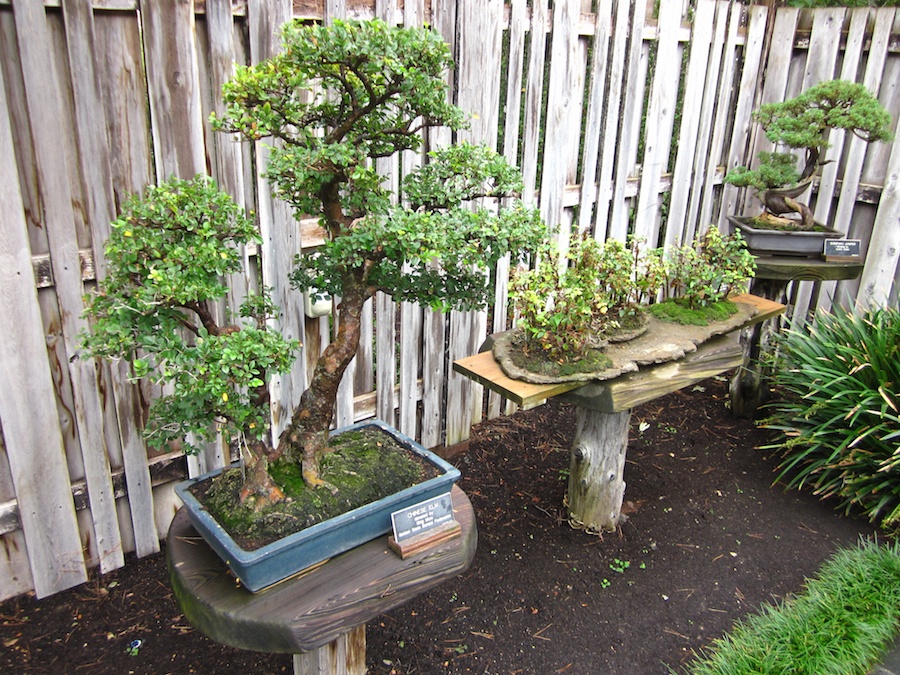
These little guys are older than Paul

Were are the plums??? Pretty but beware....
Did You Know? - The green fruit is poisonous, sometimes dangerously so. The ripe fruit are edible but may be fairly tart, and taste like a giant cranberry, though some species have fruity flavours with overtones of strawberry or apple.
They are said to be rich in Vitamin C, calcium, magnesium and phosphorus. The fruit of C. macrocarpa are especially relished and eaten raw or used to make jelly.
Various birds eat Carissa fruit and distribute the seed. If eaten before fully ripe, a bitter, poisonous latex is released from the skin. Other than the ripe fruit, the plant is poisonous, much like the related and dangerously poisonous genus Acokanthera.
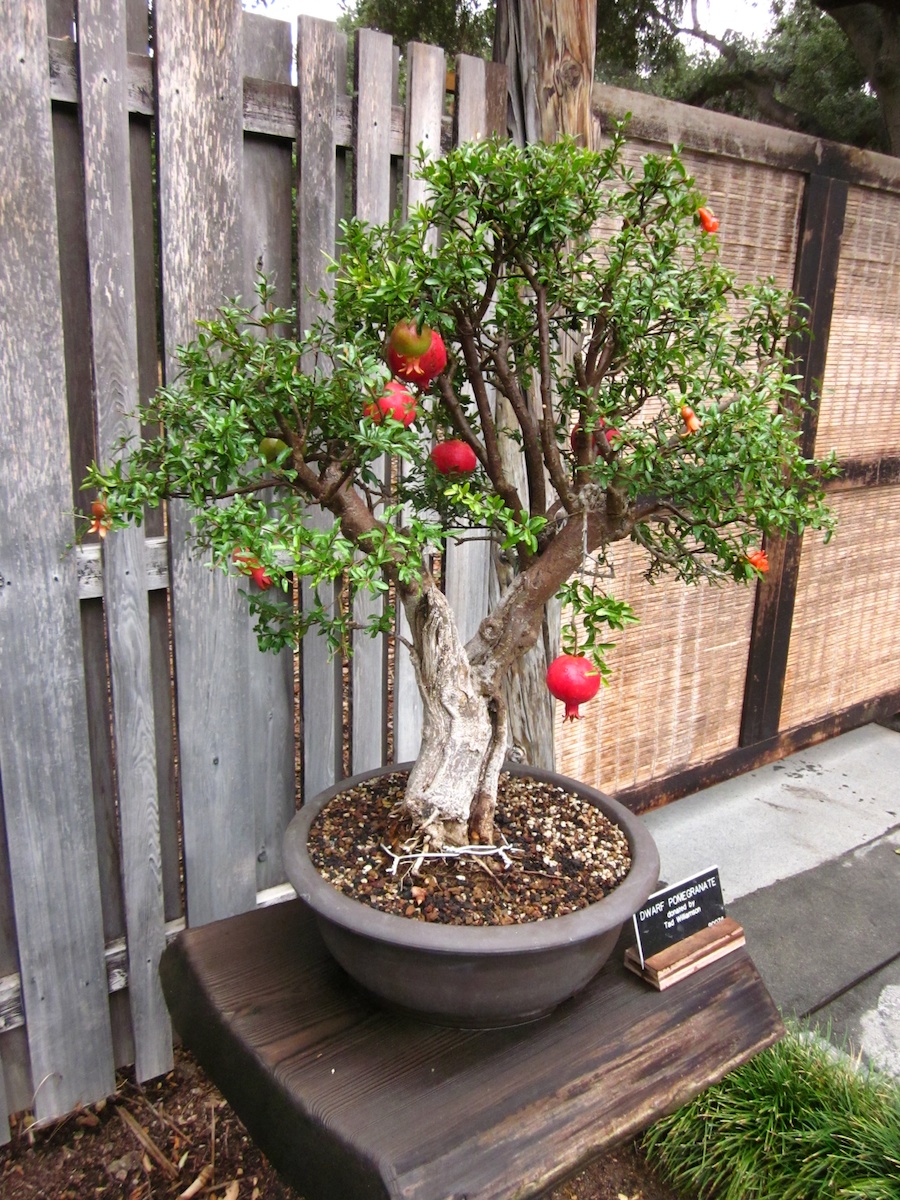
This plant was loaded with fruit.... Looks like pre-Christmas
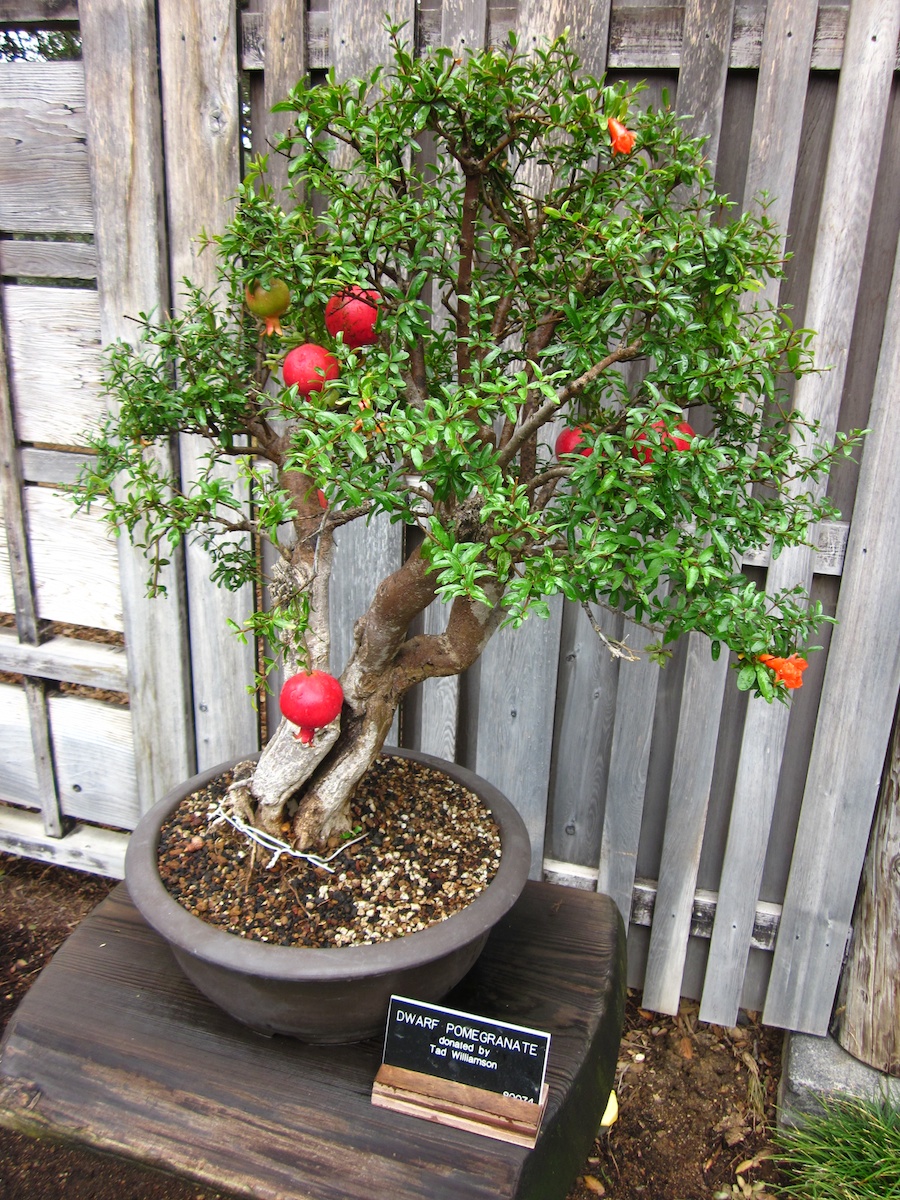
The plant was a dwarf but the fruit was not

Looks like a forest
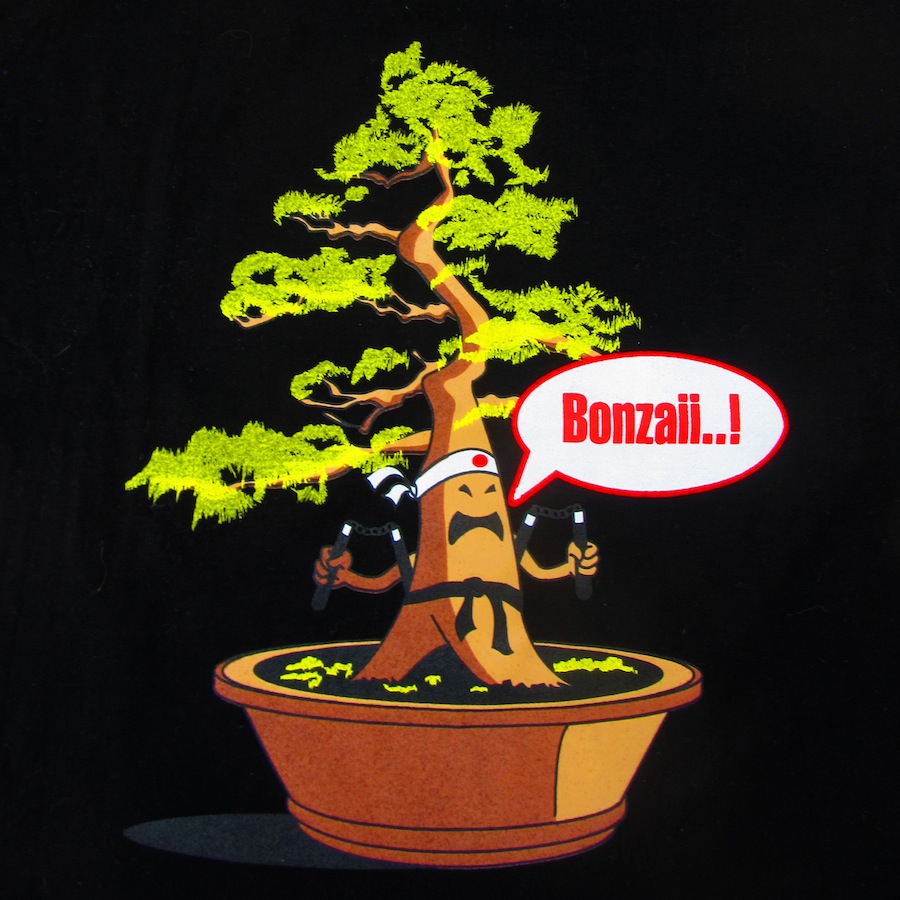
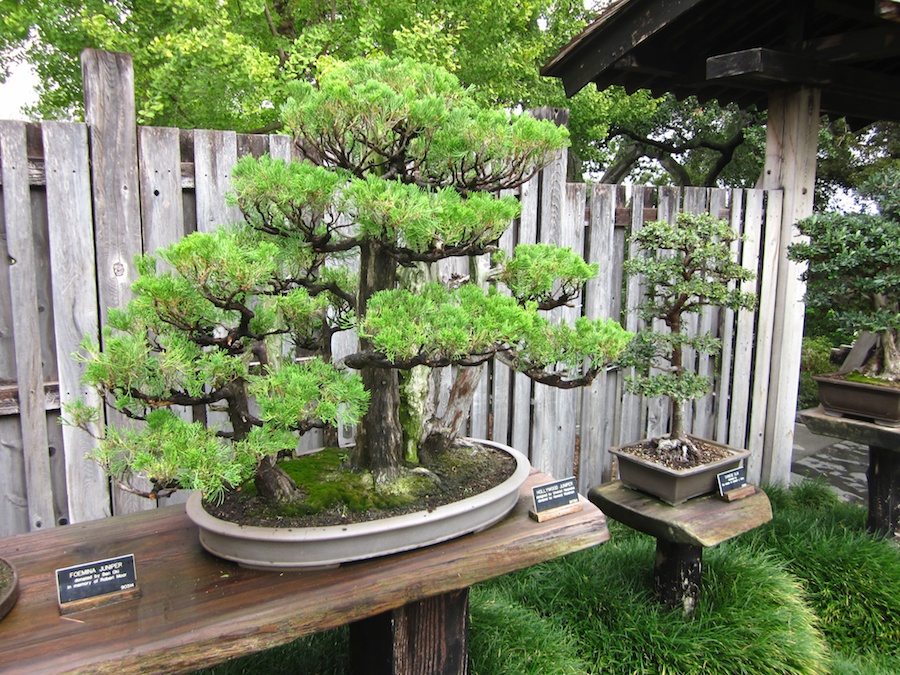
Someone has a lot of patience....
We Walked Around The Japanese Gardens New Tea House
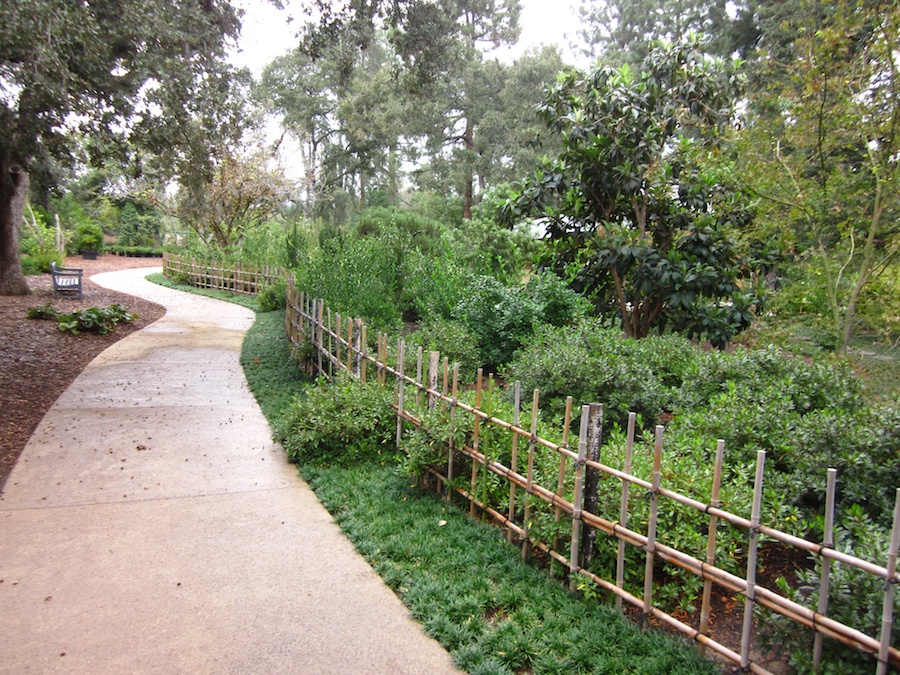
The grounds of the tea house were beautiful and loaded with tea plants
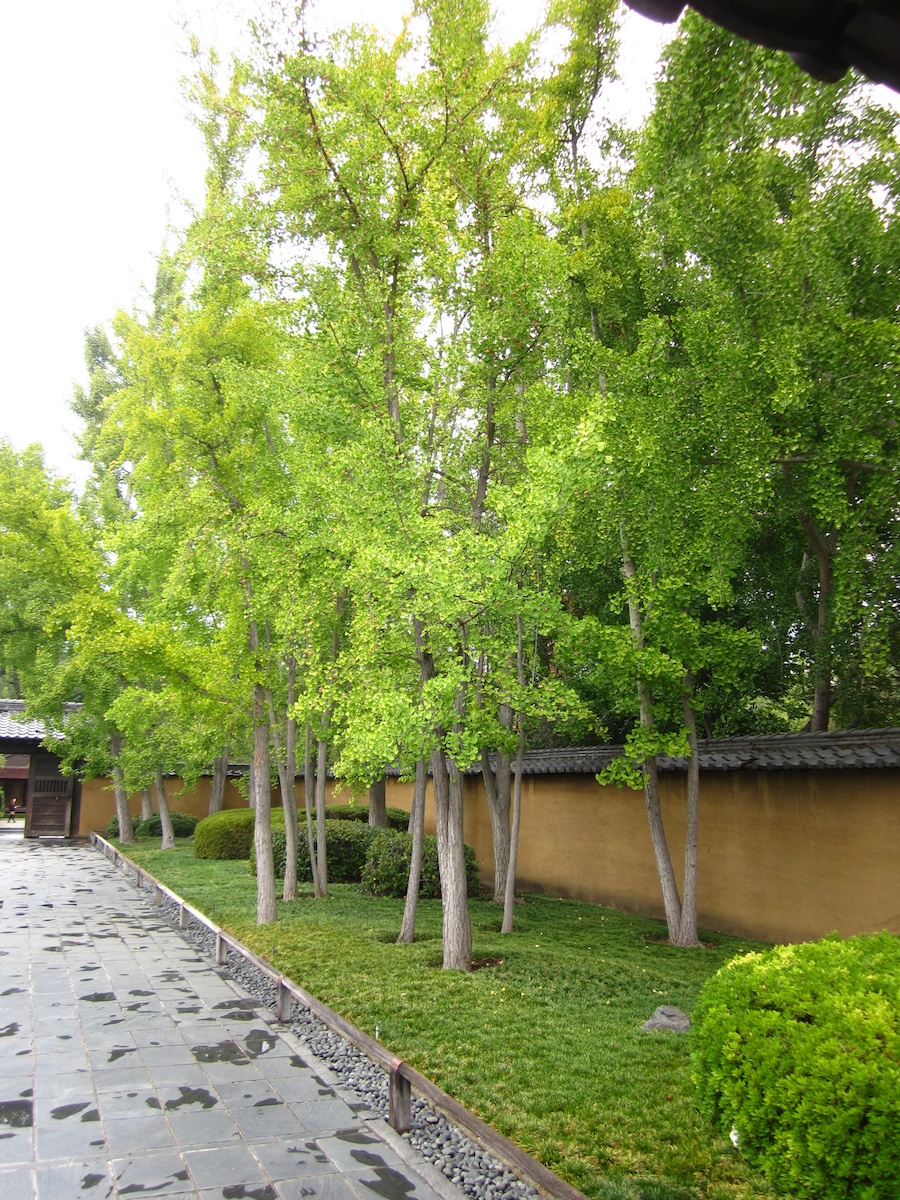
The guys here are about to turn... Gingko trees can be magnificent
Did You Know? - Ginkgo (Ginkgo biloba; in Chinese and Japanese ??, pinyin romanization: y?n x?ng, Hepburn romanization: ich? or ginnan), also spelled gingko and also known as the maidenhair tree, is a unique species of tree with no close living relatives.
The ginkgo is a living fossil, recognisably similar to fossils dating back 270 million years. Native to China, the tree is widely cultivated and was introduced early to human history. It has various uses in traditional medicine and as a source of food.
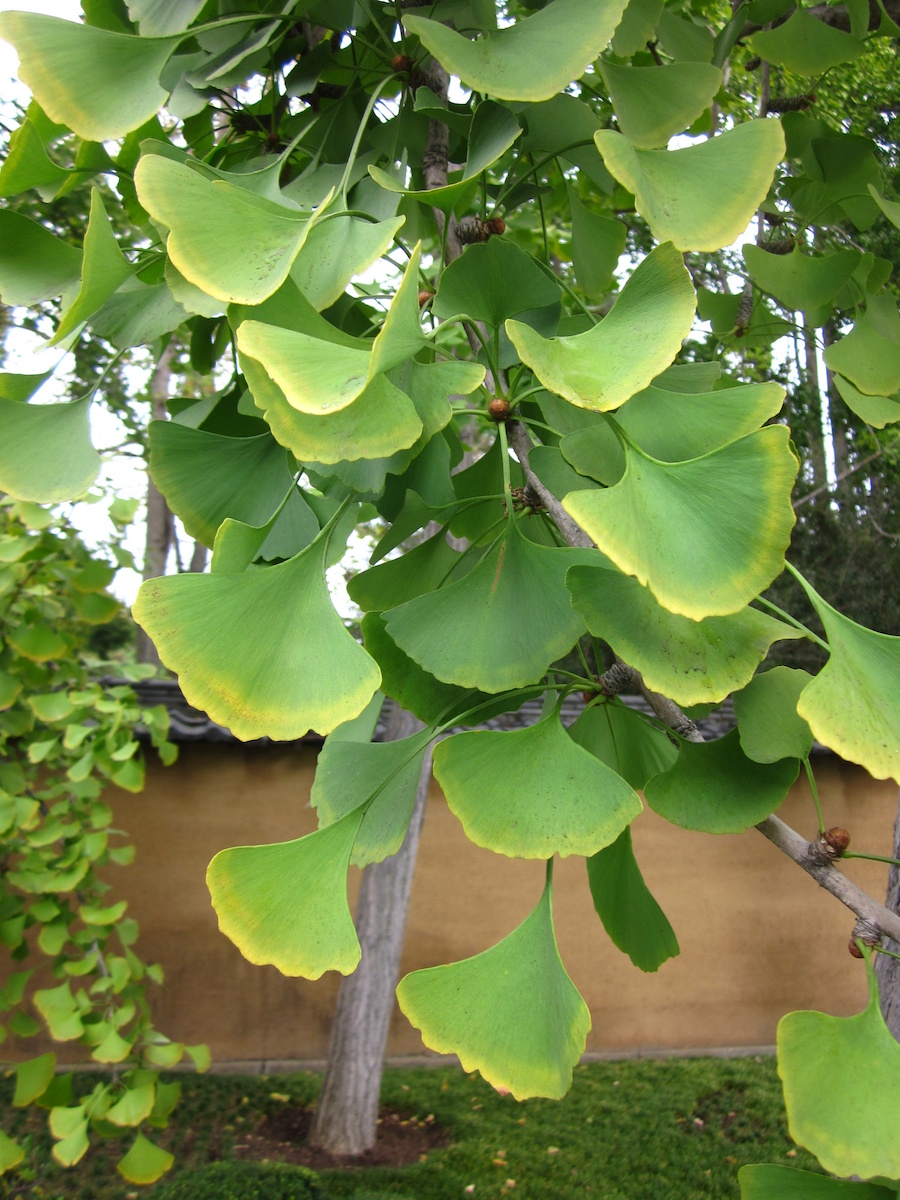
Another two months and they will be a bright yellow before they fall to the ground
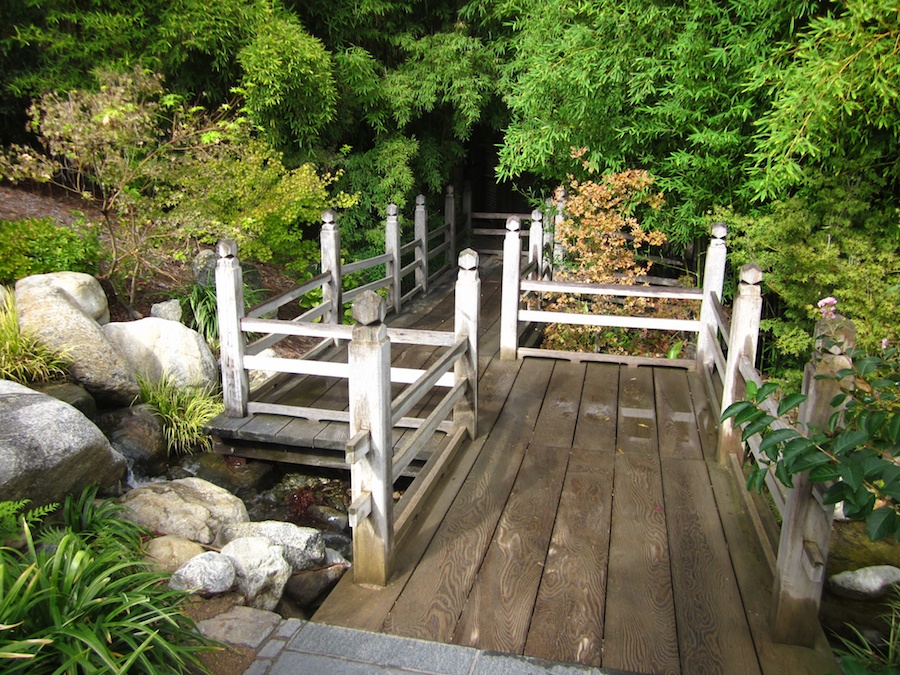
Everything looks so fresh... Thanks to the earlier rain
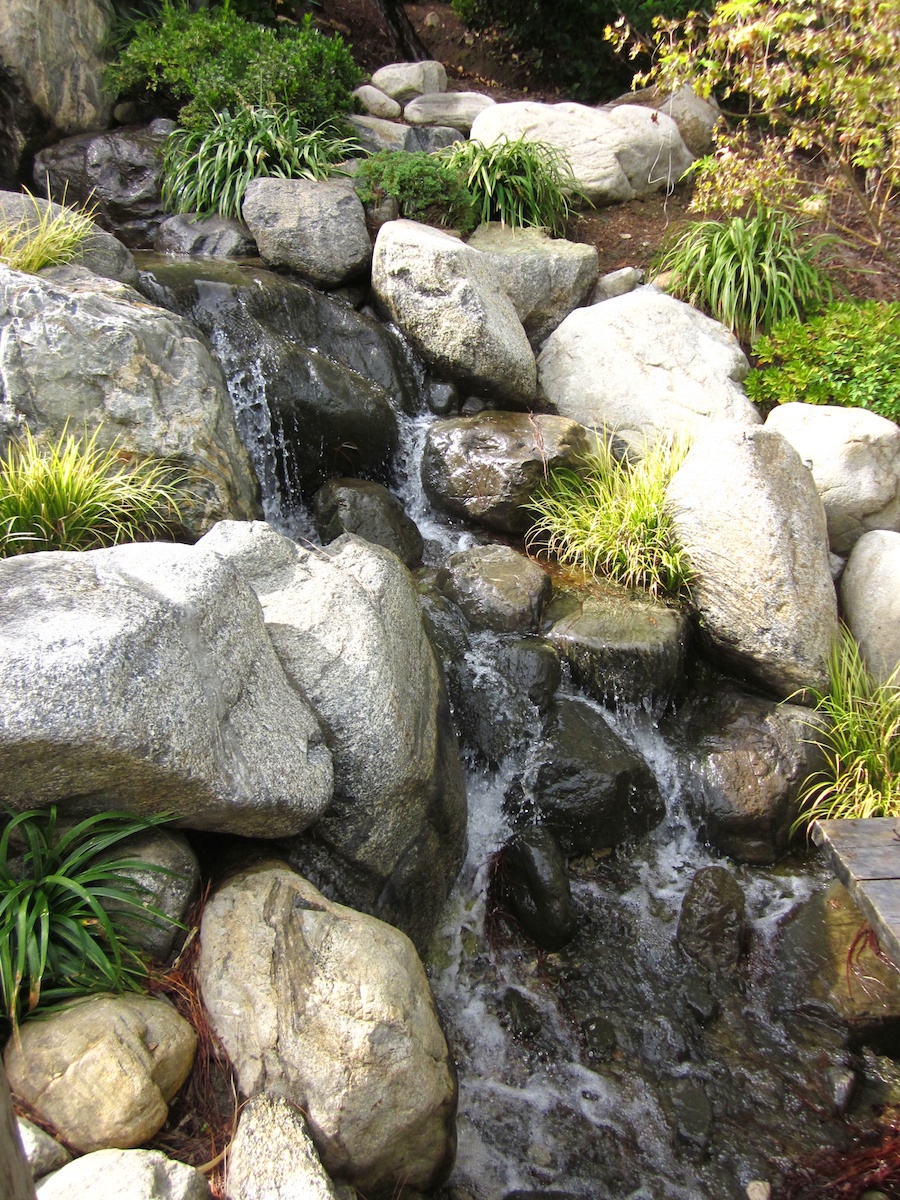
This water is NOT from the rain....

The bridge and reflections were amazing

Greg and Sue study the fishies... Koi
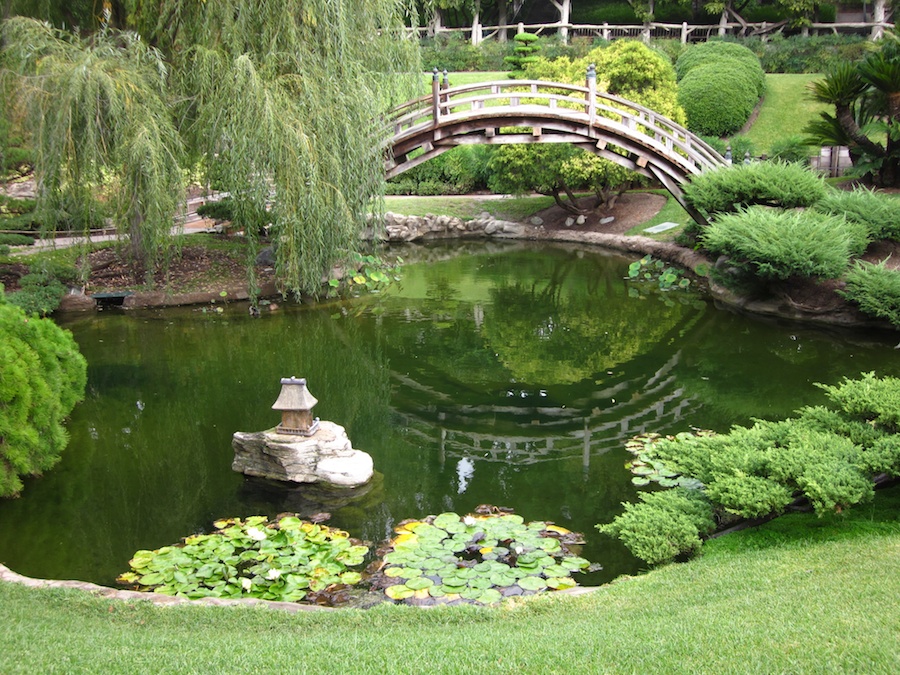
The Moon Bridge

The Koi come swimming up expecting to be fed
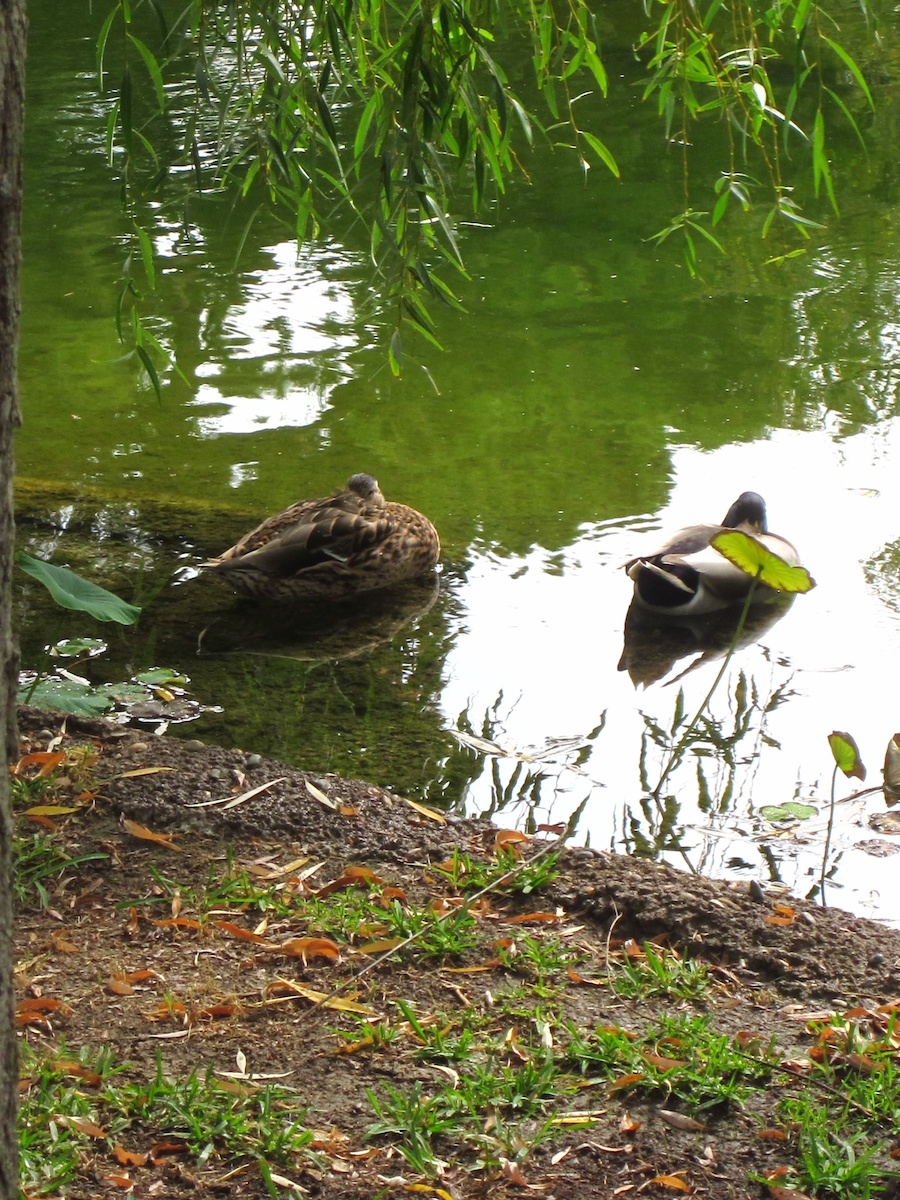
All fluffed up to stay warm
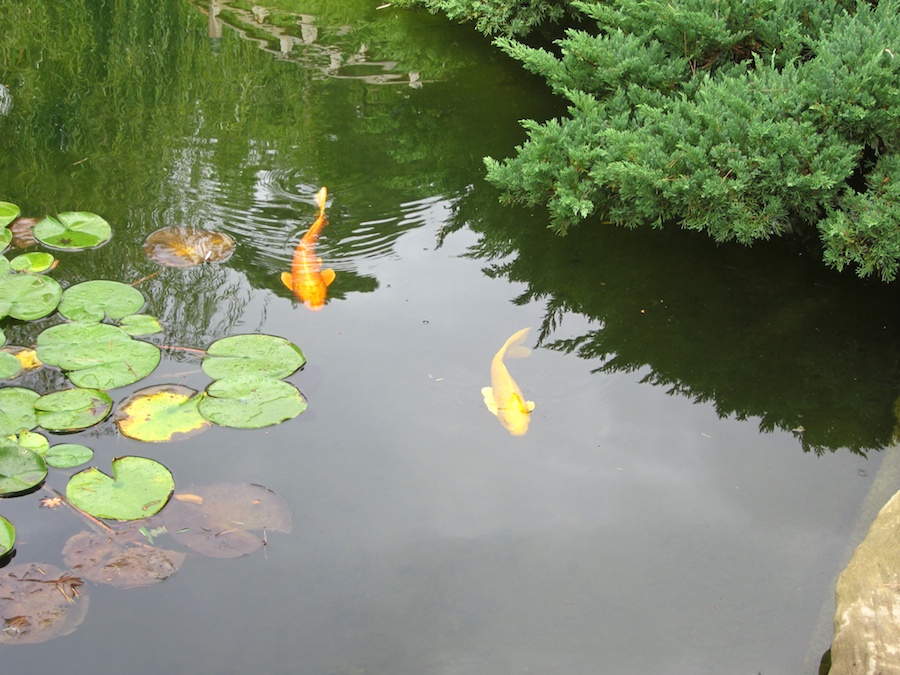
Yellows... Golds.... Amazing colors

We head up the hill towards the Chinese Gardens
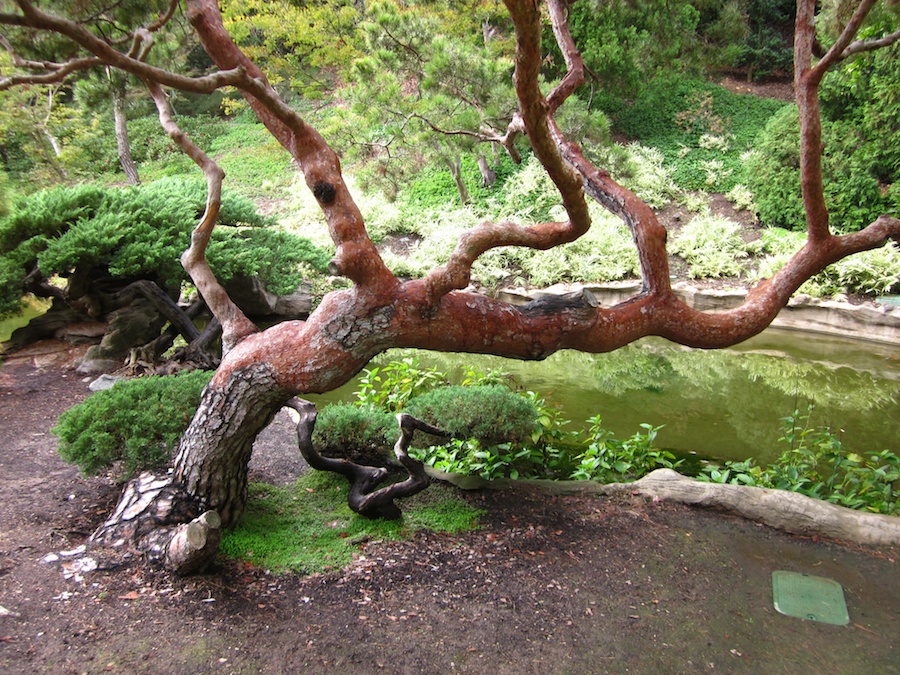
The bark was indeed red... Japanese Red Elm

"I think I can... I think I can"
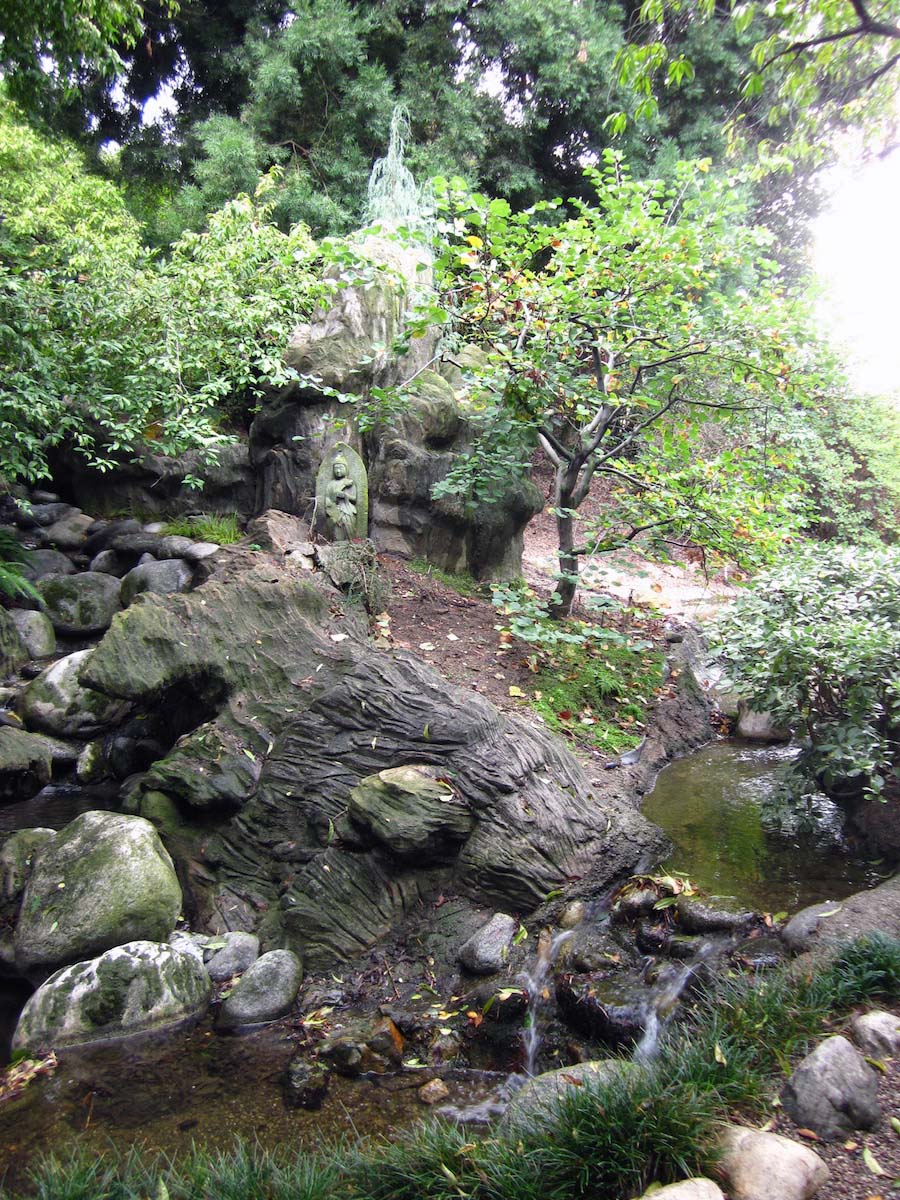
The stream was beautiful today... Everything was so clean from the earlier rain

A "Robbie"????
We Enter The Chinese Gardens


The garden is looking well
Did You Know? -
Liu Fang Yuan, the Garden of Flowing Fragrance, is the largest Chinese garden outside China. Designed to create, preserve, and promote the rich and complex traditions of Chinese culture, this authentic garden is a special place for visitors to feel inspired by the elegant harmony
of nature and poetry. Thanks to visionary landscape architects and artisans from China and the United States, inspired historians, expert gardeners and generous benefactors, Liu Fang Yuan reflects today an exceptional combination of learning and beauty.

Must have been a party.. Lanterns everywhere
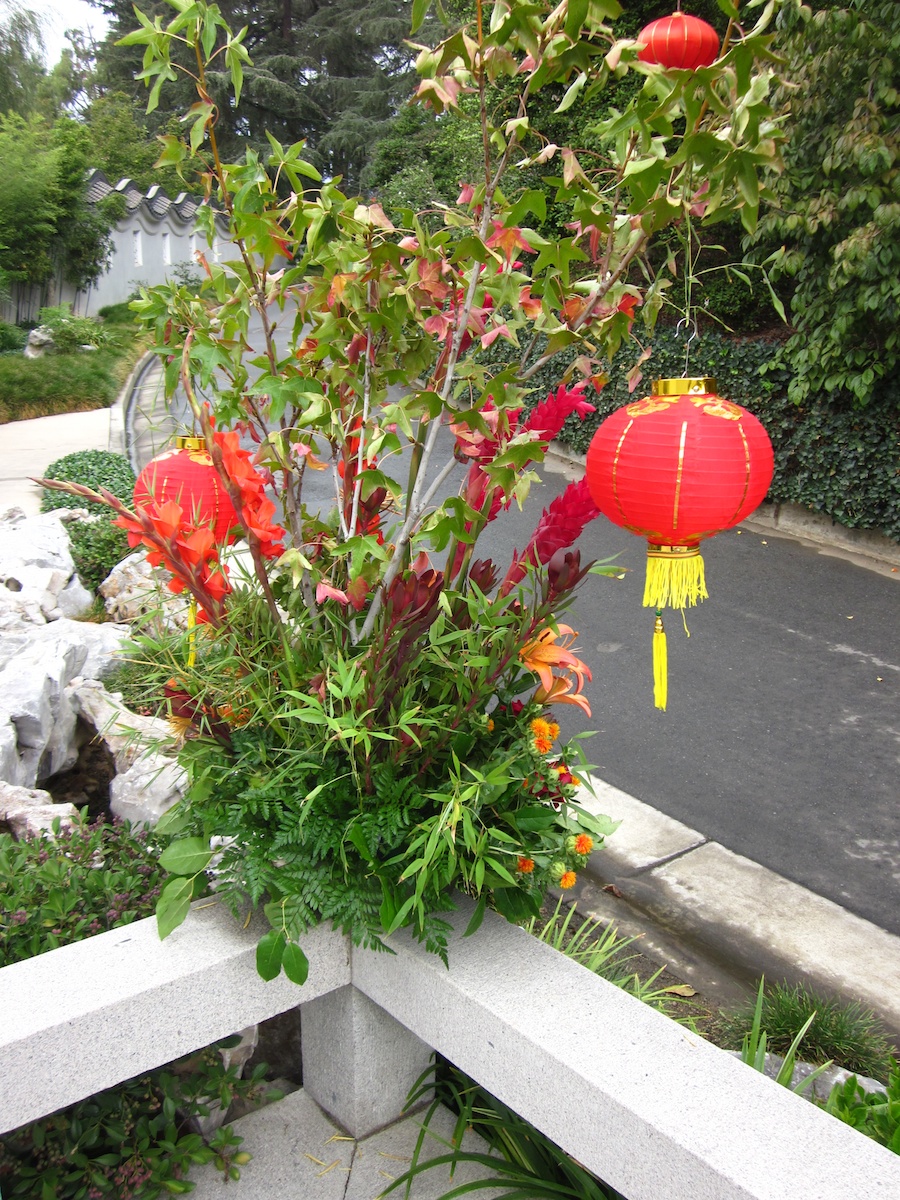
The bright reds were pretty against the green backgrounds
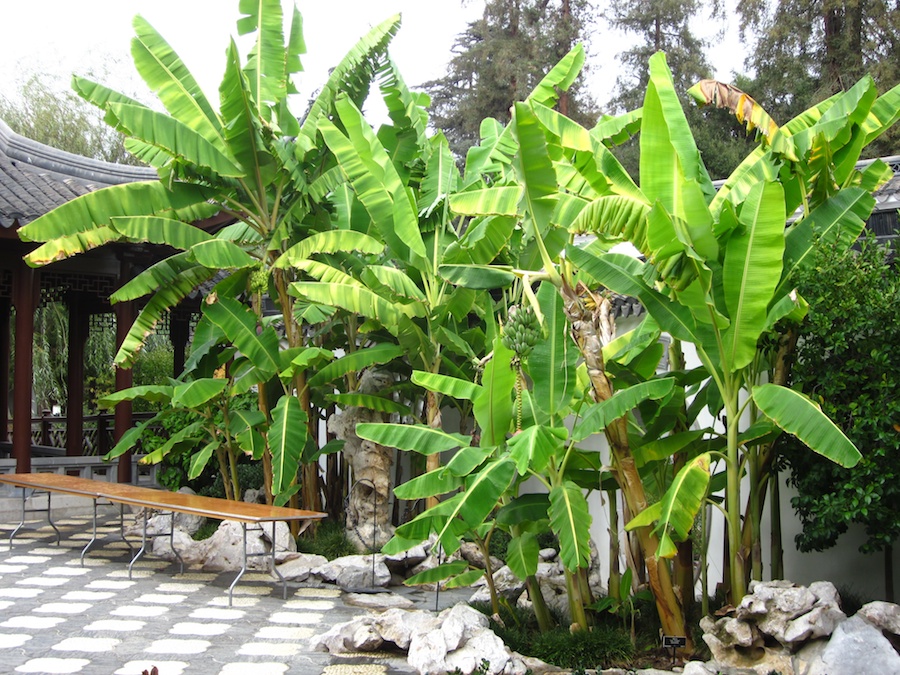
Checkout the bananas
Did You Know? -
- The scientific name for banana is musa sapientum, which means “fruit of the wise men.”
- Bananas float in water, as do apples and watermelons.
- Hawaii is the only place in the U.S. where bananas are grown commercially, although at one time they were also grown in southern California and Florida. The overwhelming majority of the bananas Americans eat come from countries in Latin America and South America, including Costa Rica, Ecuador, Colombia, Honduras, Panama, and Guatemala.
- The type of banana you see in the supermarket is called a Cavendish banana. The preferred variety was originally the Gros Michel, which essentially became extinct by 1960, thanks to a fungus called Panama disease.
- Some cultures (most notably Japan) use the fiber in the banana plant to make fabric and sometimes even paper.
- The fastest marathon ever run by a competitor dressed as a fruit was 2 hours, 58 minutes, and 20 seconds?recorded at the Barcelona Marathon on March 6, 2011. The runner was Patrick Wightman from the United Kingdom, who dressed as a banana.
- The Banana Club Museum, located on Highway 111 in Mecca, Calif. (just south of Palm Springs), houses the world’s largest collection devoted to any one fruit. It contains more than 17,000 banana items, most of which have been donated by members.

The Elms are beginning to turn

Where is the ice cream and chocolate?
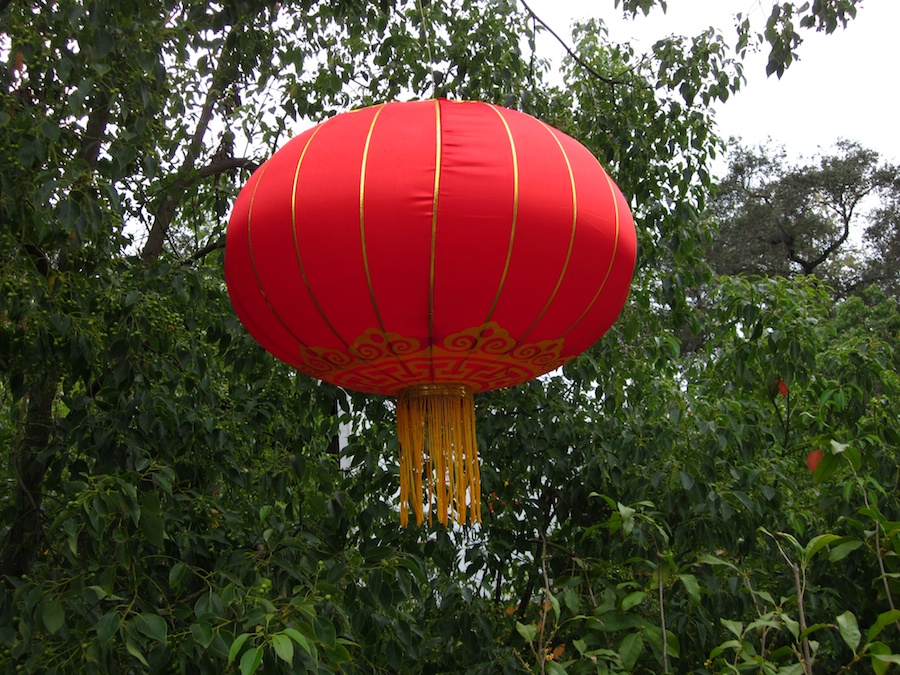
UFO???
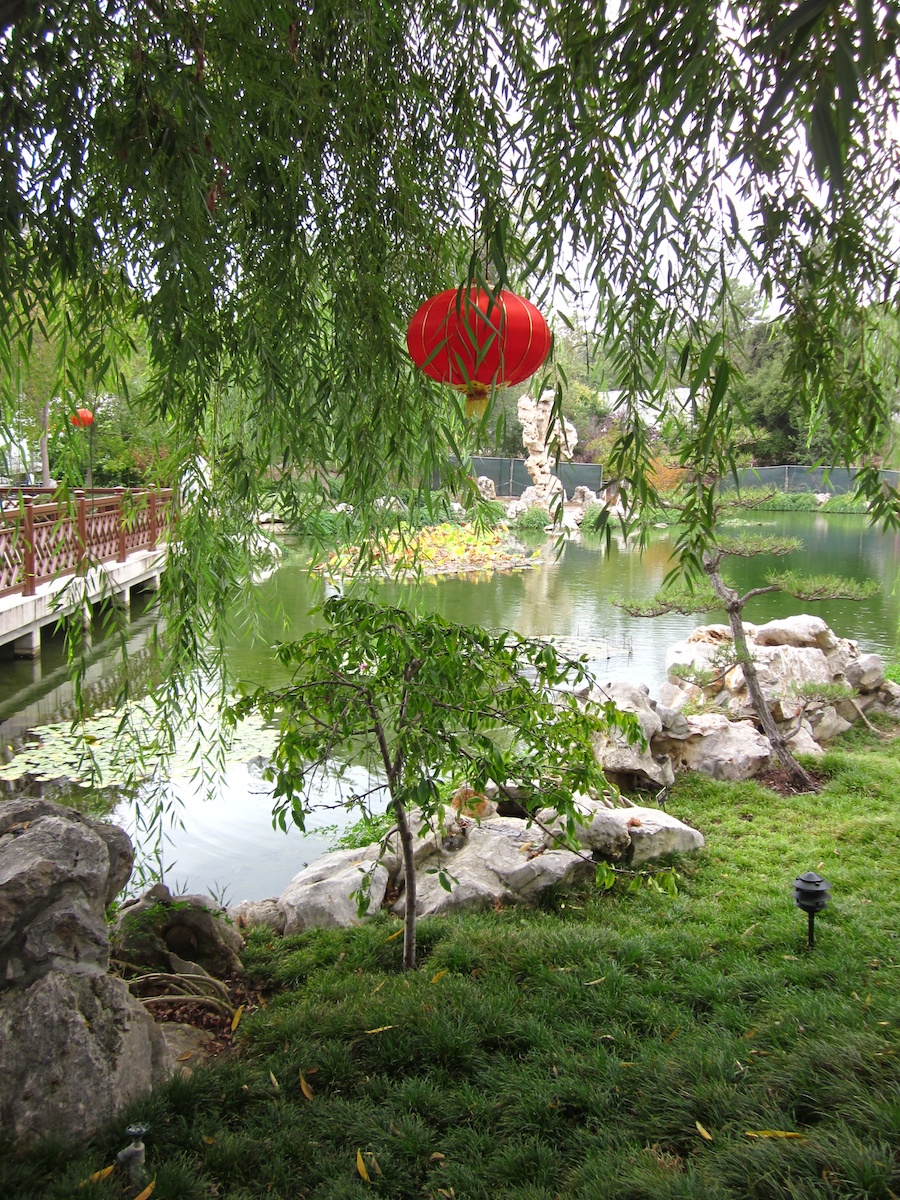
They do look like they are floating
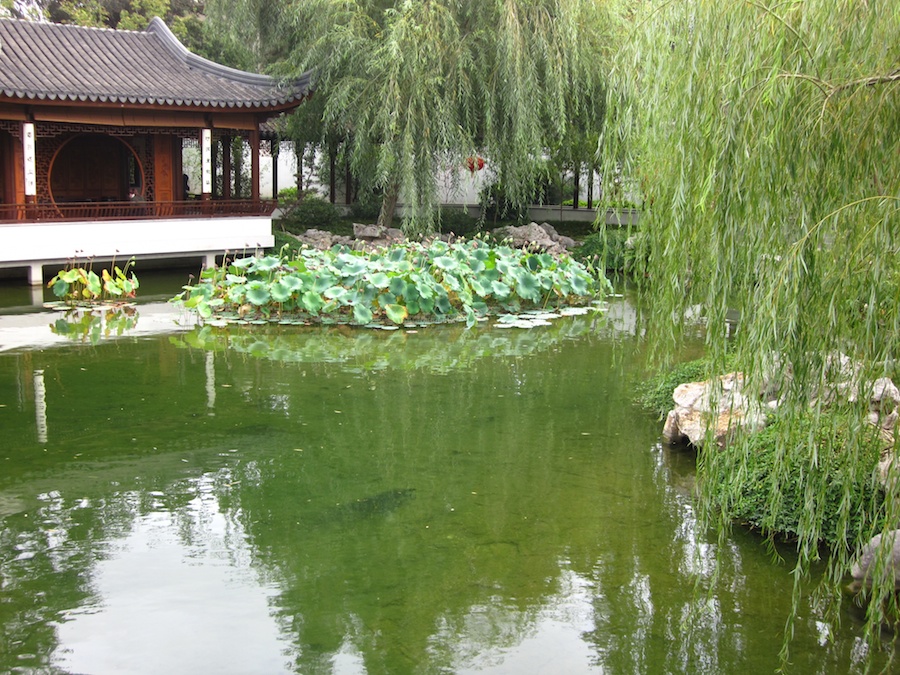
The water lillies were doing quite well....
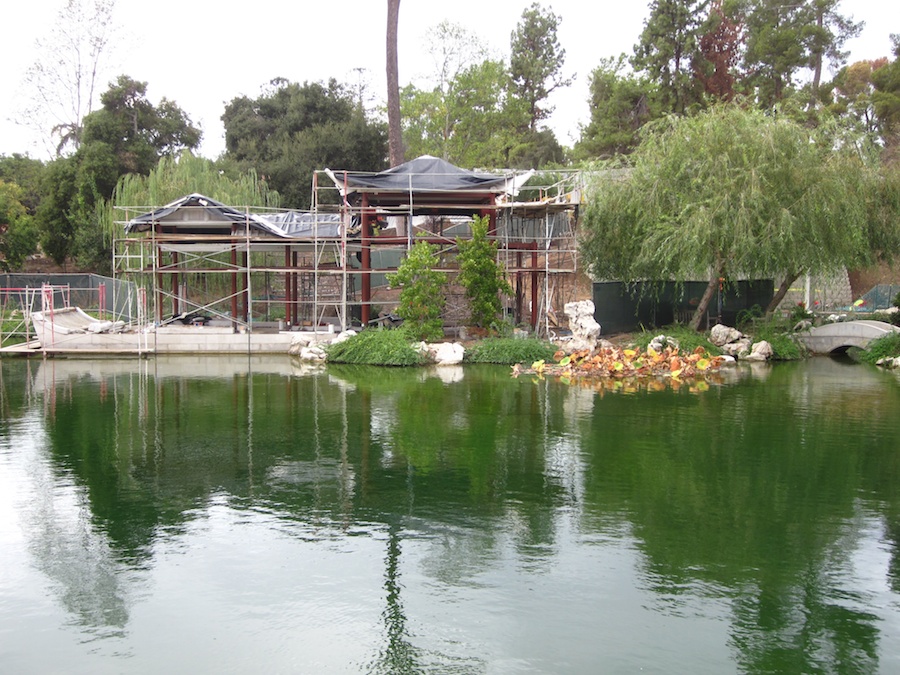
The construction is coming right along
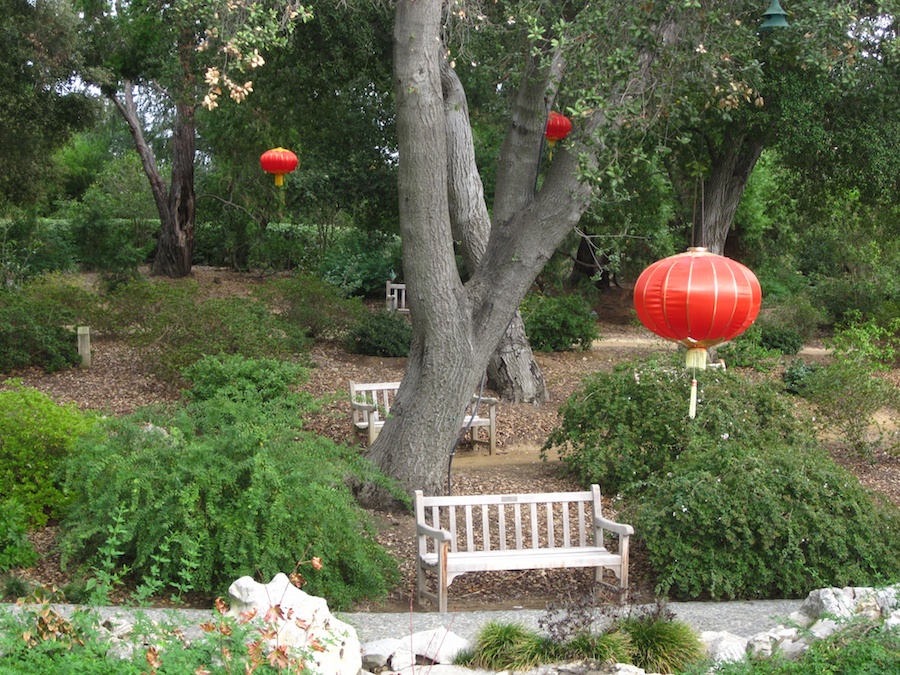
Keeping the forest bright
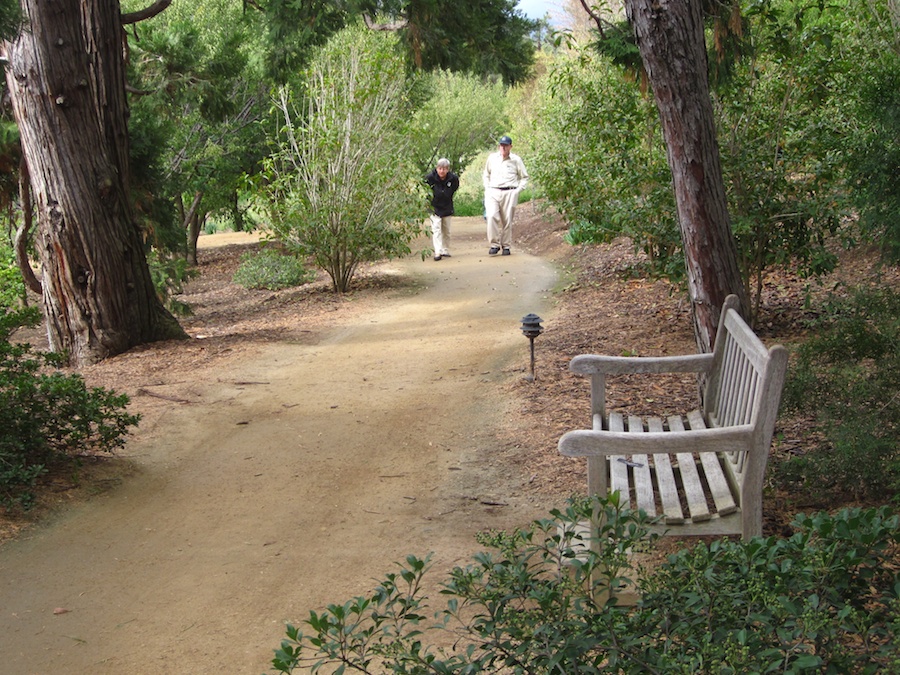
Here they come
... On our way to the herb garden
Back To The Rose & Herb Garden

It was a little stormy
... We stayed dry
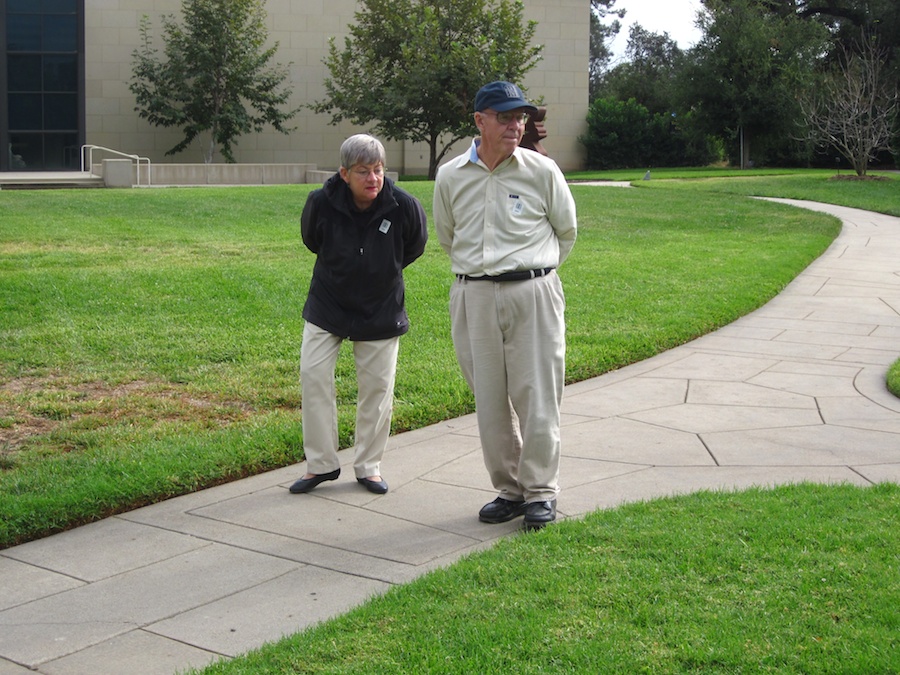
Sue and Greg take it all in

Storms on the horizon

White roses (the absence of color)
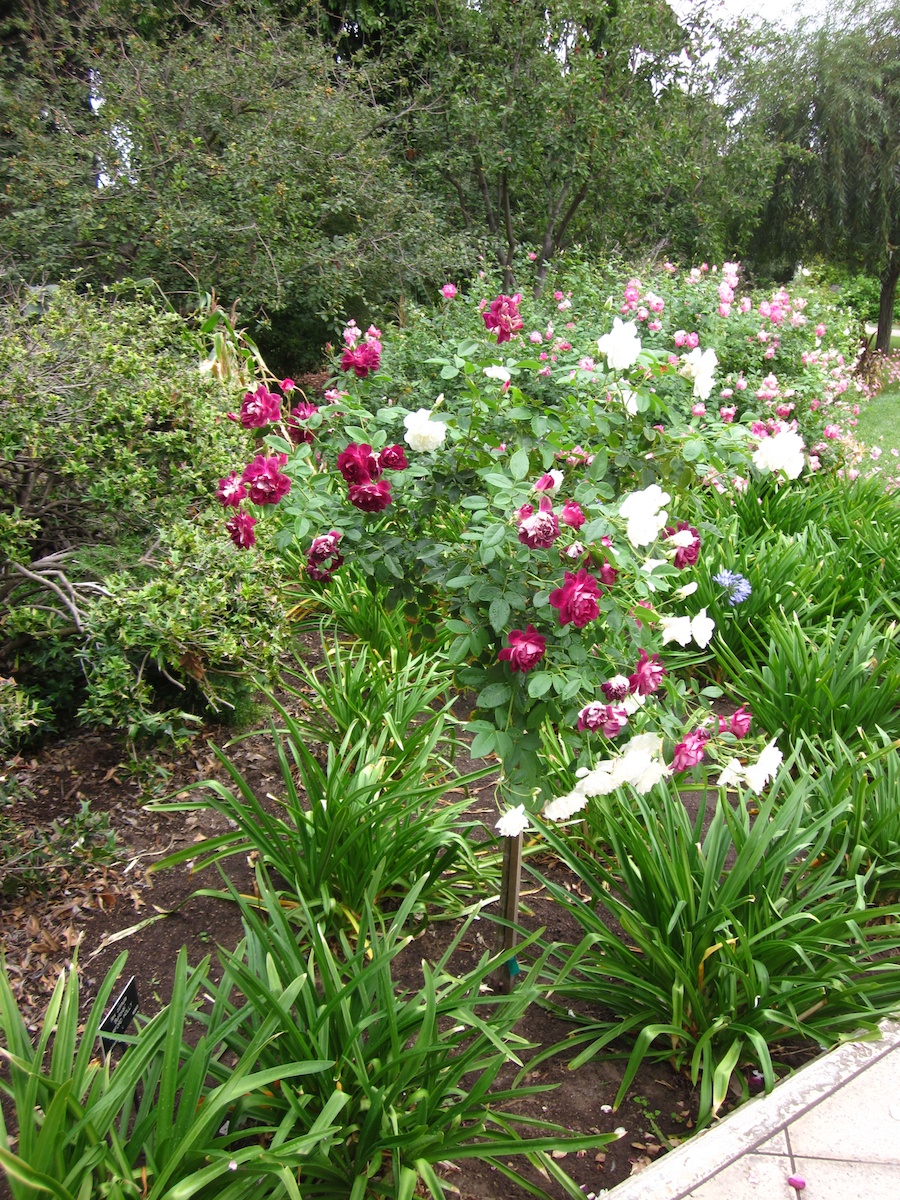
Amazing.. Red and white from the

Hey... Iris.. Want to dance
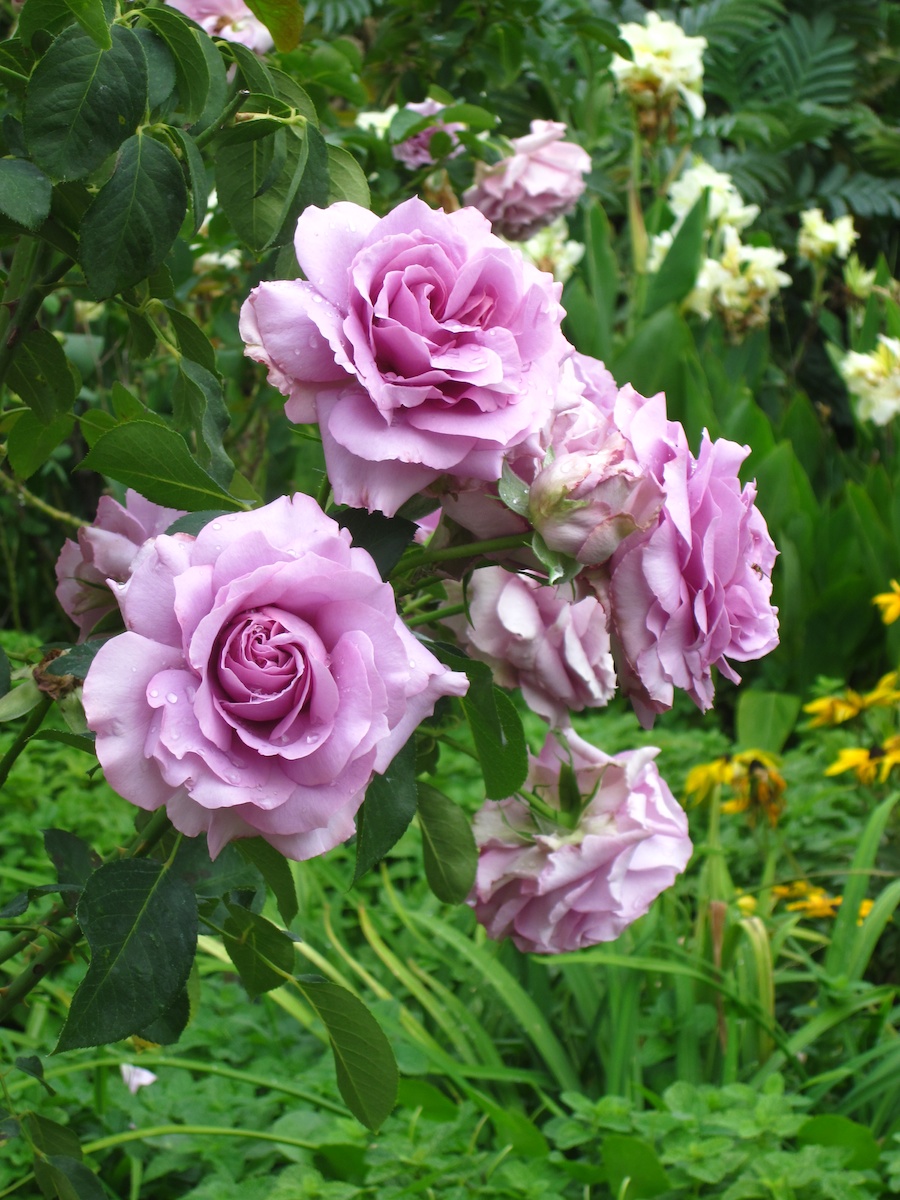
Simply magnificent

I am called "Mr. Red"

No color is remaining here

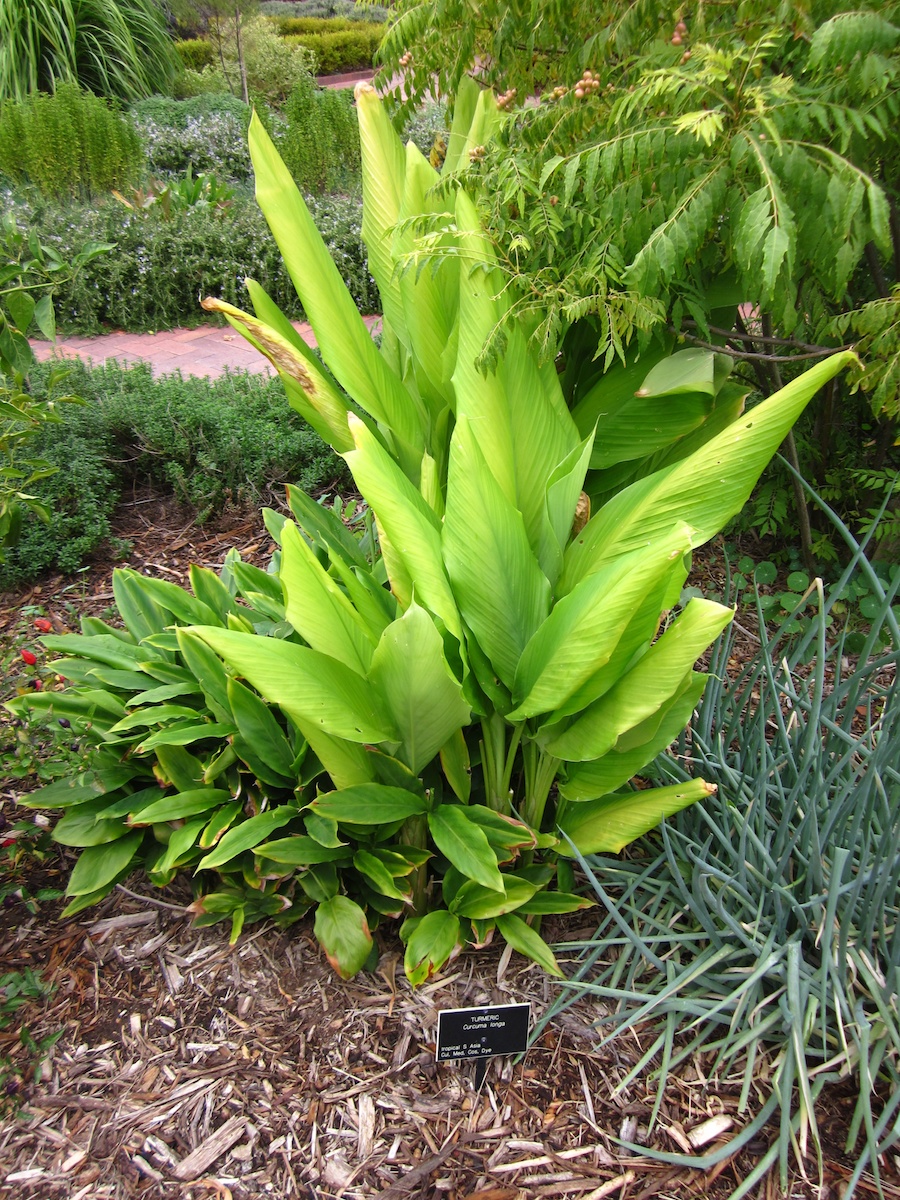
Tumeric plant....
Paul takes four capsules a day
Did You Know? - Turmeric (Curcuma longa) /?t?rm?r?k/ is a rhizomatous herbaceous perennial plant of the ginger family, Zingiberaceae. It is native to tropical Indian Subcontinent and needs temperatures between 20 ?C and 30 ?C (68 ?F and 86 ?F) and a considerable amount of annual rainfall to thrive. Plants are gathered annually for their rhizomes, and propagated from some of those rhizomes in the following season.
When not used fresh, the rhizomes are boiled for several minutes (about 30-45 minutes) and then dried in hot ovens, after which they are ground into a deep orange-yellow powder commonly used as a spice in Indian cuisine and even curries, for dyeing, and to impart color to mustard condiments.
Its active ingredient is curcumin and it has a distinctly earthy, slightly bitter, slightly hot peppery flavor and a mustardy smell. Curcumin has been a centre of attraction for potential treatment of an array of diseases, including cancer, Alzheimer's disease, diabetes, allergies, arthritis and other chronic illnesses.
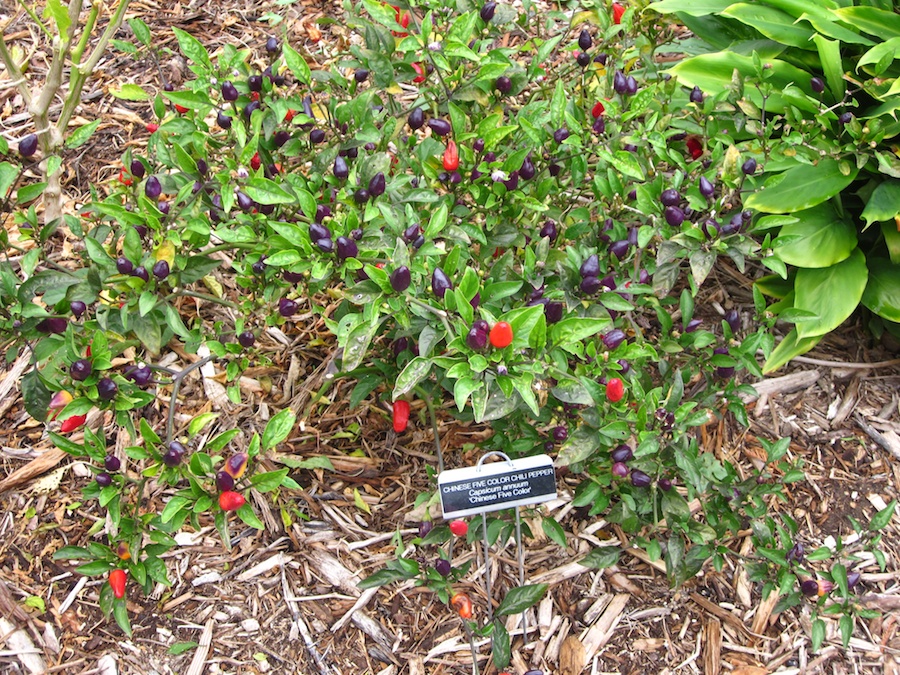
Chinese Five Color Peppers
Did You Know? - Chinese Five Color is a variety of Chili pepper which is a member of the Capsicum family. Its botanical name is Capsicum annuum longum group 'Chinese Five Color'. Chinese Five Color is generally thought of as a heirloom variety.
A colorful ornamental and edible hot pepper. The conical peppers grow to about 1-2" and ripen from purple, cream, yellow, orange to red. It's common to have all colors present on a plant at the same time.
Plant has green stems with purple markings, green leaves with purple veins, and purple flowers. A very beautiful ornamental plant suitable for indoors.
Flavor is quite hot and the peppers can be used just as any hot pepper.
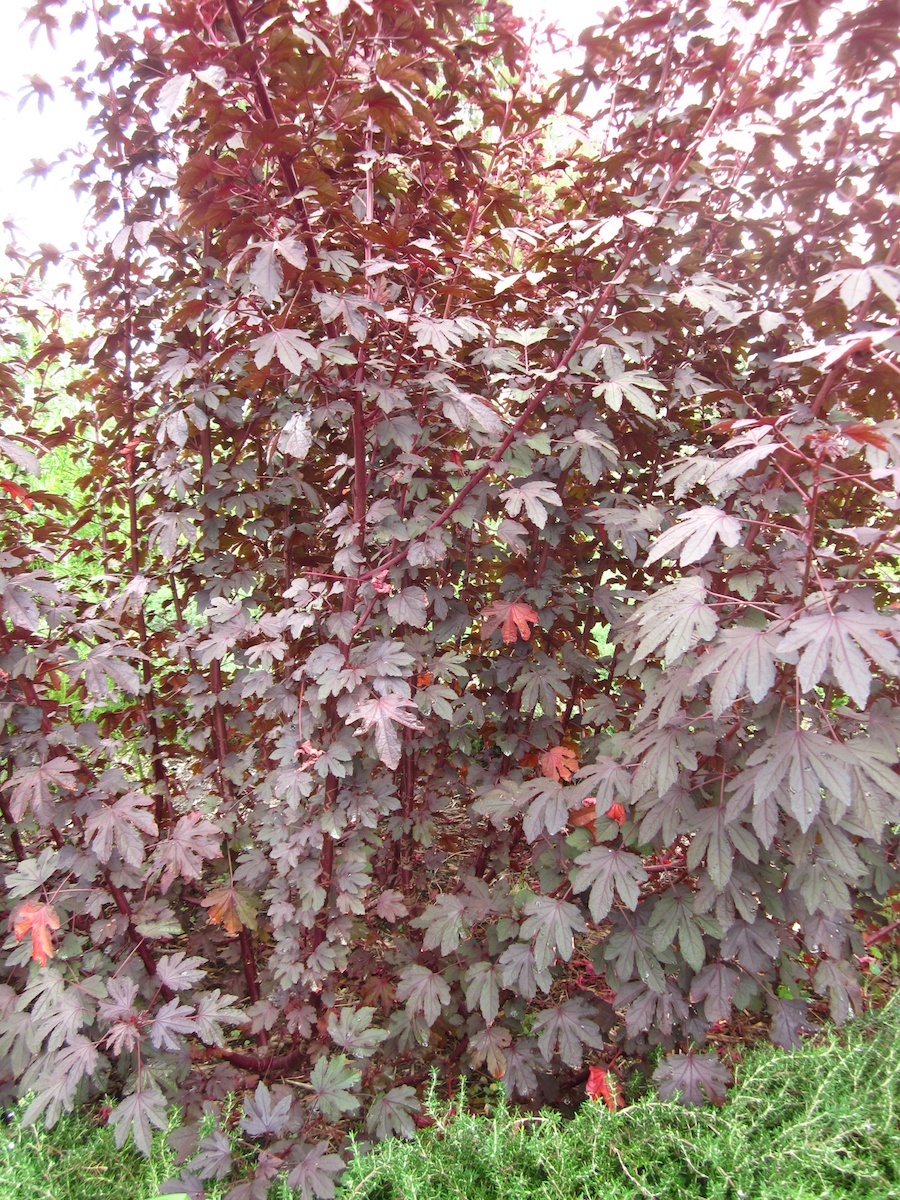
The leaves are used in cooking
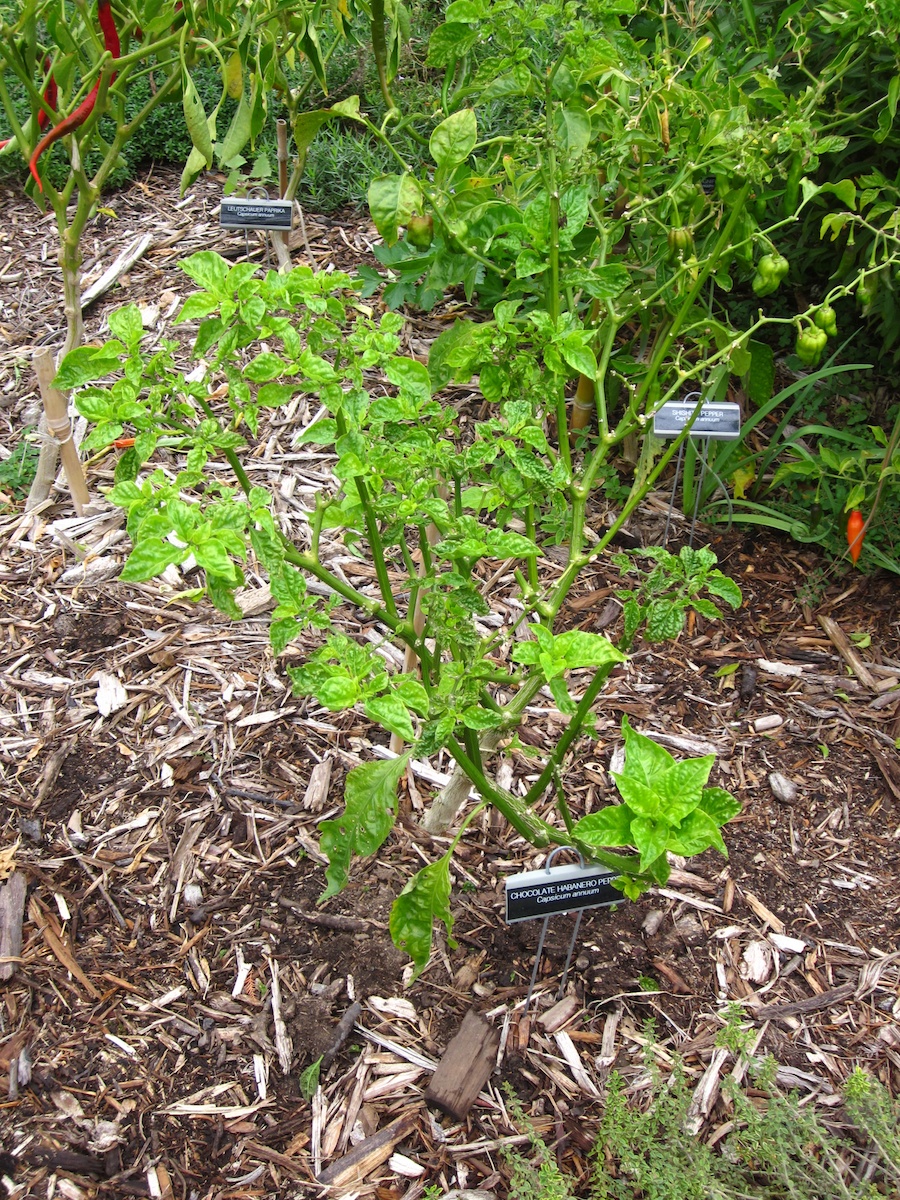
A chocolate habanero
Did You Know? - Chocolate Habanero ranks among the deadly few at the top of the heat scale registering upto 450,000 scoville heat units. The Chile Pepper Institute of New Mexico State University reported that the Chocolate Habanero Chile was the hottest chile pepper they had tested. Also known as the Congo black the fruits have a unique, rich flavor unduplicated by any other pepper. The 5cm (2in) fruits ripen from an emerald green to a chocolate brown approximately 100 days after transplanting. The ultimate salsa pepper used to make the famous Jamaican Jerk Sauce.

The path is dry... The drizzle is gone... The sun is beginning to come out
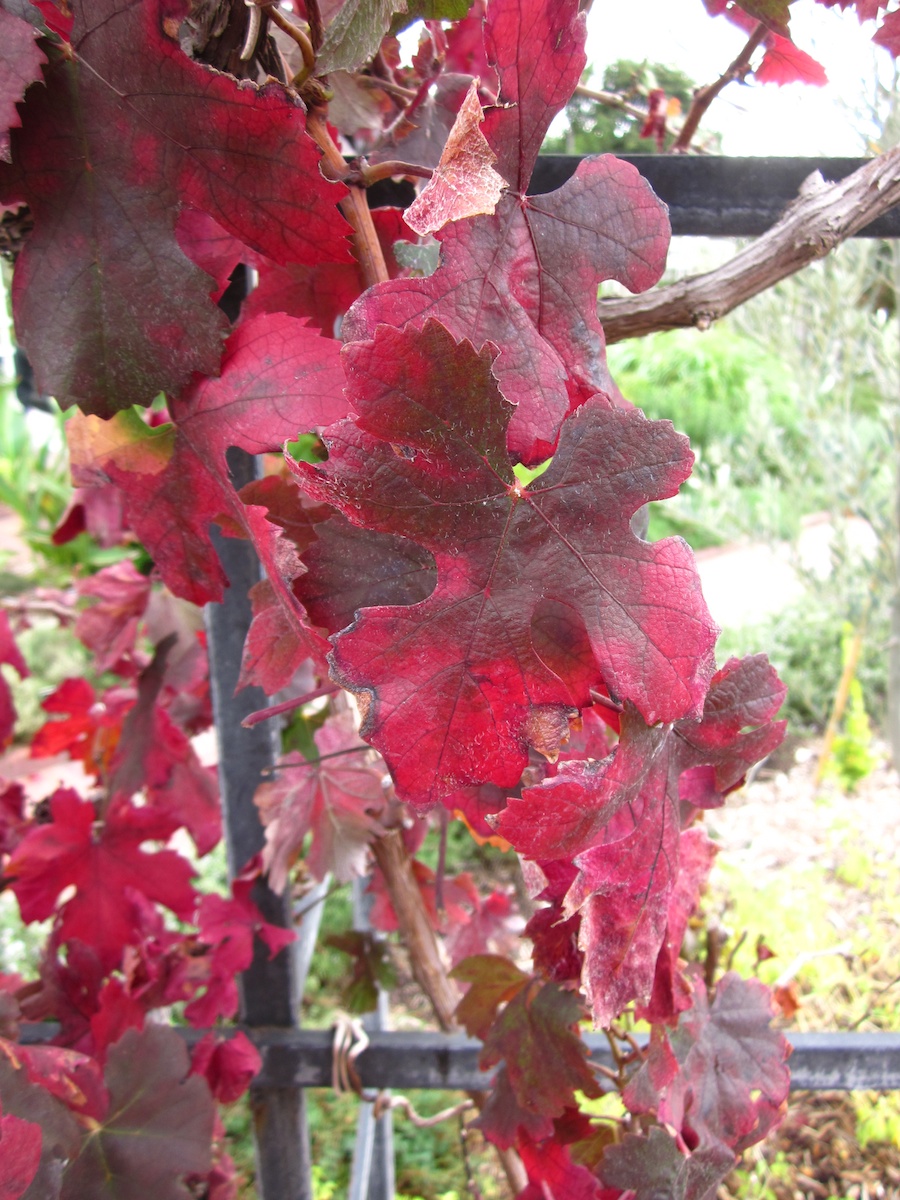
The grape leaves are about done for this season
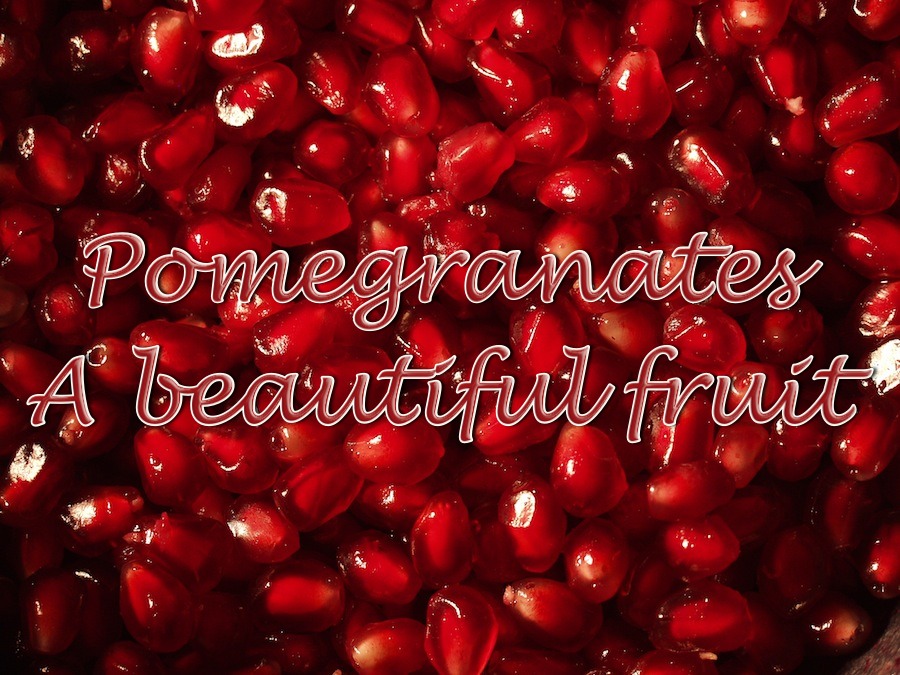
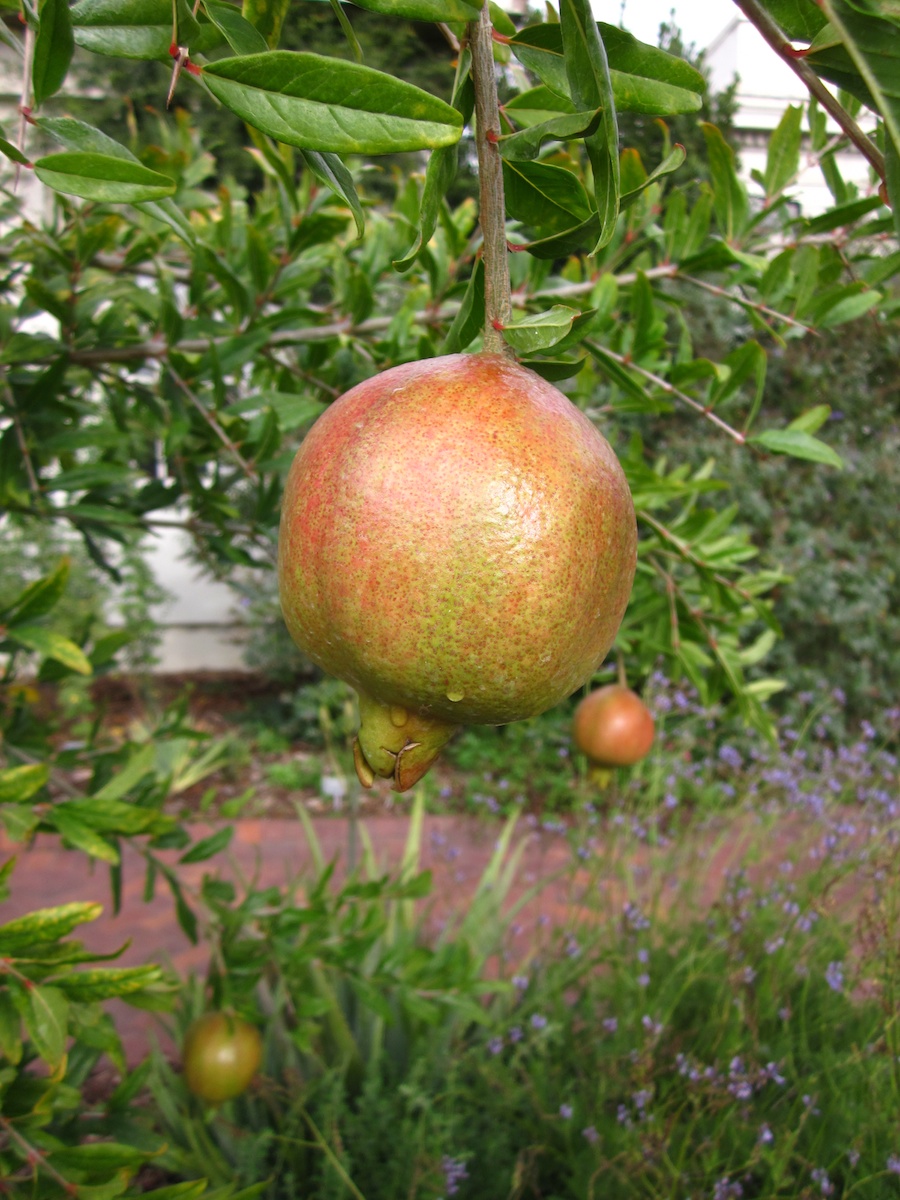
The pomegranates were beginning to ripen
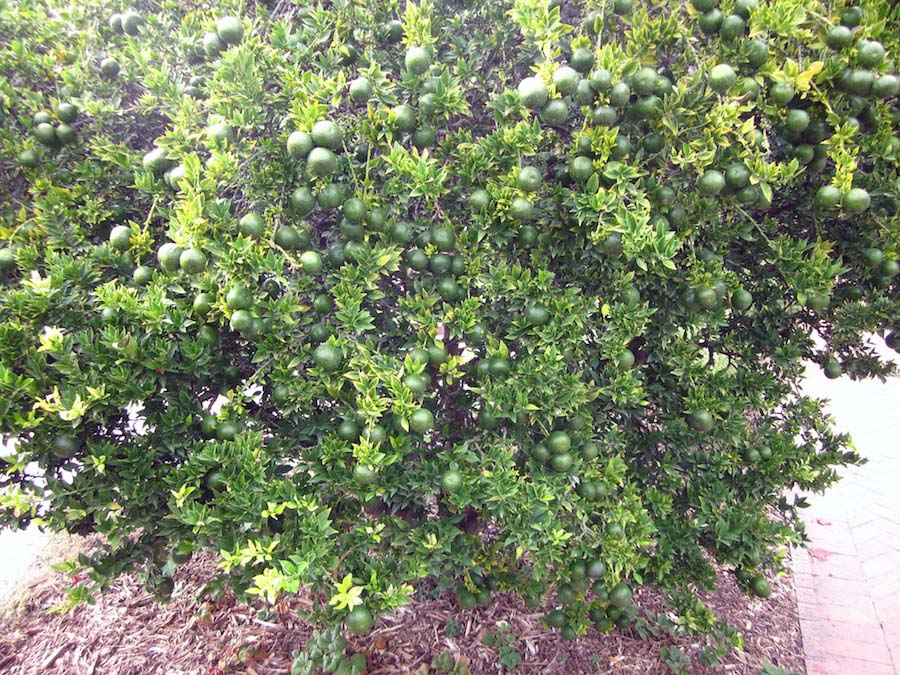
These oranges look almost like grapes
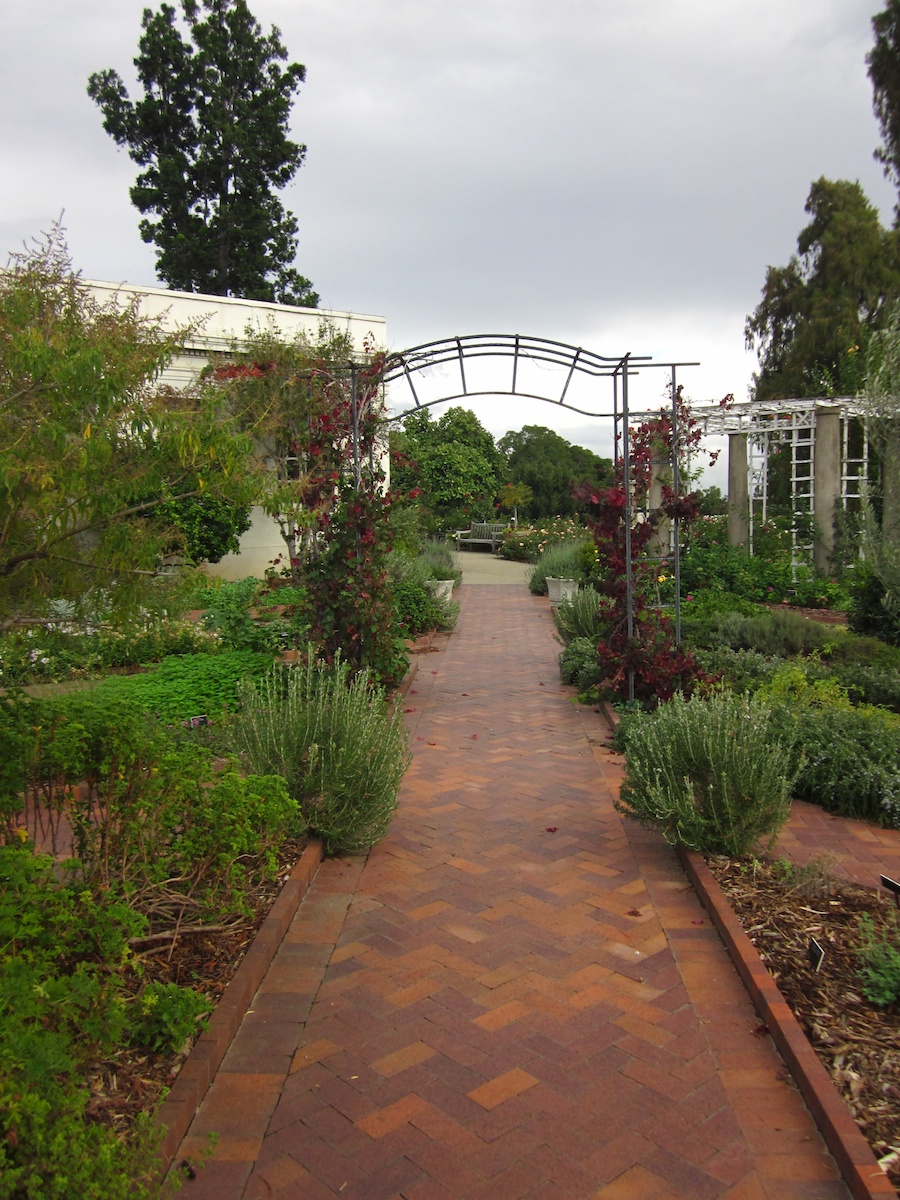
The yellow brick road looks a little orange today
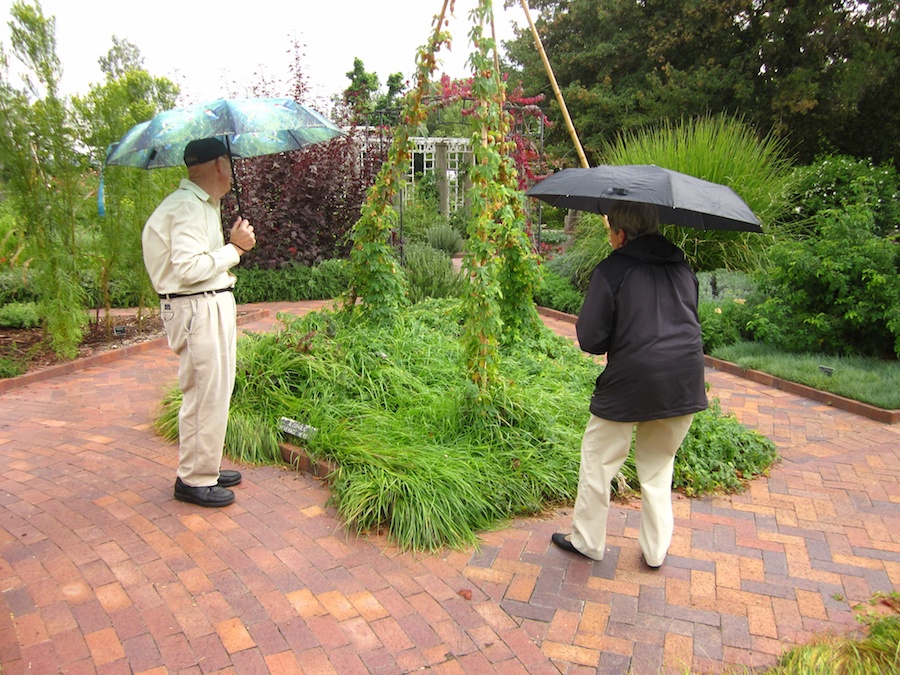
Silly cloud dropped a few tears



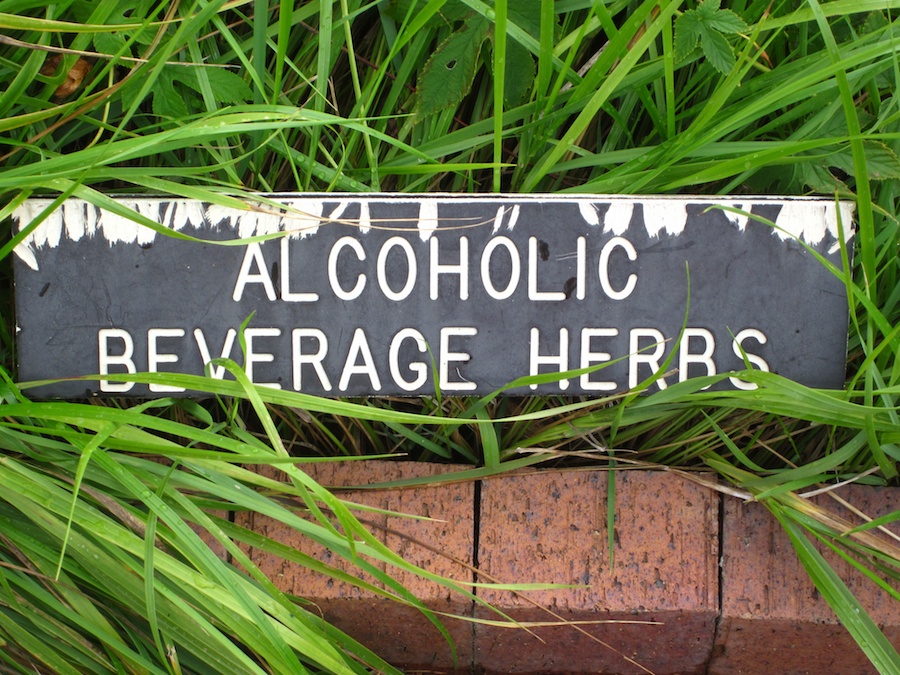
Paul made a long stop to study these herbs
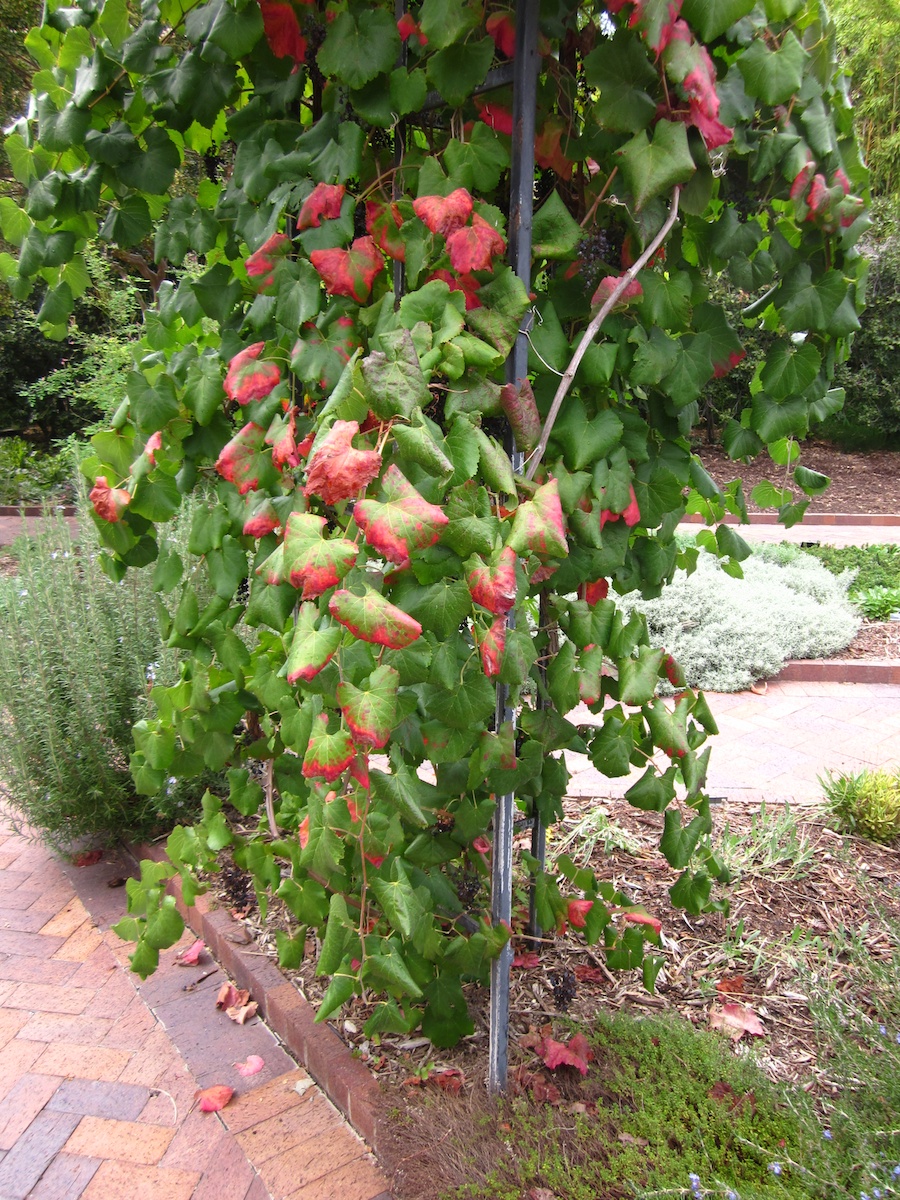
Hops
Did You Know? - Hops are the female flowers (also called seed cones or strobiles) of the hop plant, Humulus lupulus. They are used primarily as a flavoring and stability agent in beer, to which they impart a bitter, tangy flavor, though hops are also used for various purposes in other beverages and herbal medicine.
In the Middle Ages beers tended to be of a very low alcohol content and were commonly consumed as a safer alternative to untreated water. Each village tended to have one or more small breweries with a barley field and a hop garden in close vicinity. Early documents include mention of a hop garden in the will of Charlemagne's father, Pepin III.
However, the first documented use of hops in beer as a flavoring agent is from the 11th century. Before this period, brewers used a wide variety of bitter herbs and flowers, including dandelion, burdock root, marigold, horehound (the German name for horehound means "mountain hops"), ground ivy, and heather.
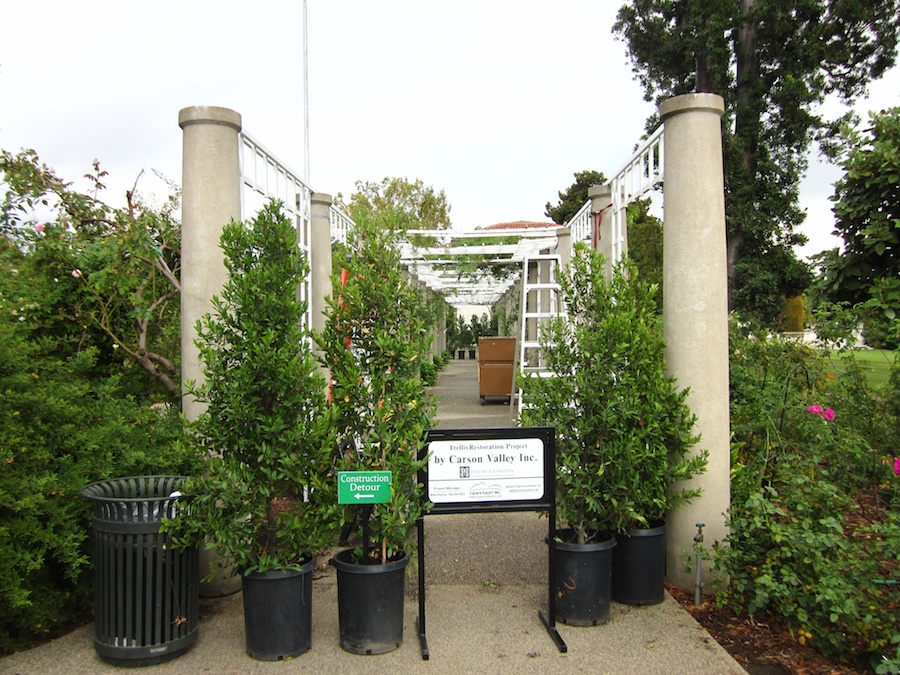
The trellis project is underway...
What Are The Special Presentations At The Library??

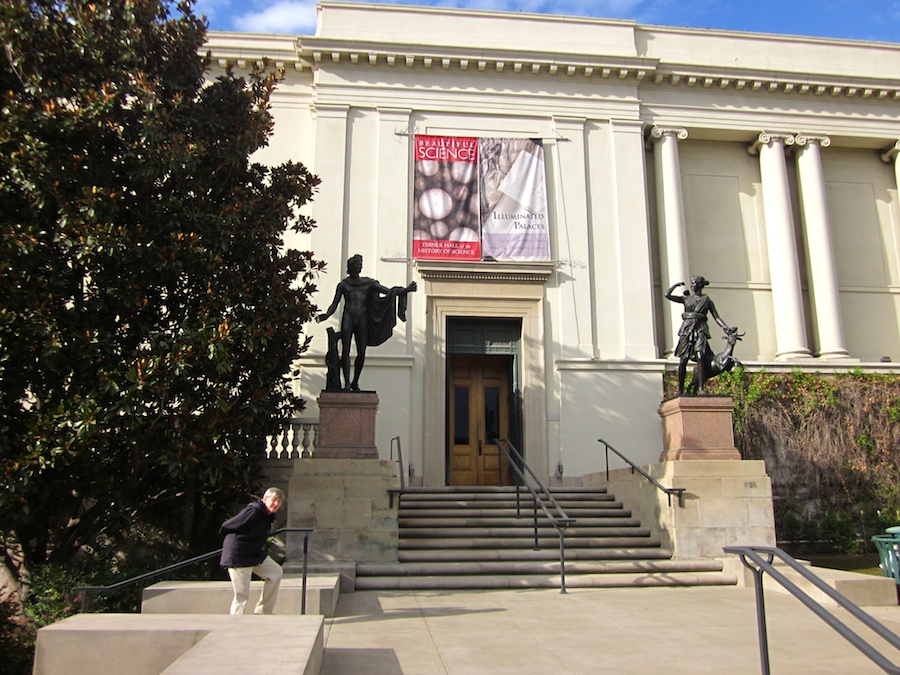
Up we go.....

Until the 1800's, many books had their illustrations done by the owner of the book!
Did You Know? - Extra-illustration is often referred to as “Grangerizing,” after a British clergyman named James Granger, but he did not invent the practice. In fact, extra-illustration has probably been practiced since the beginning of the printed book, says Stephen Tabor, the Huntington’s curator of early printed books and co-curator of the exhibition with Lori Anne Ferrell, English and history professor at Claremont Graduate University. But the practice did not soar in popularity until Granger published his Biographical History of England, from Egbert the Great to the Revolution in 1769.
Granger’s book was essentially a catalog of portrait prints of famous English people, arranged by class?from otherwise ordinary commoners “remarkable from only one circumstance in their lives” to scientists, politicians, noblemen, kings, and queens. By creating an organized list of desiderata, Granger unwittingly motivated some collectors to illustrate copies of his own book with the portraits, setting off what one later critic called “a general rummage after, and plunder of, old prints.” ?
“Without intending to, he began a craze that lasted well into the 1900s, in which people would purchase a book, dismantle it, customize it with inserted illustrations, manuscripts, even other whole printed books, and reconstitute everything in a new form,” says Tabor.
The practice gathered popularity at a time when wealthy Englishmen began collecting large numbers of engravings; it then caught on in America. “It’s at once fascinating and horrifying?the idea that someone would purposefully destroy a book, raid other books for illustrations, trim fine prints to size, and clip signatures of famous people in order to build their own custom creation.”


Did You Know? - In the 18th and 19th centuries, historians, bibliophiles, and collectors turned ordinary books into extraordinary “illuminated palaces”?repositories for original art, prints and engravings, maps, autograph letters, and the excised pages of other, more famous books. This process of destruction and transformation, often called “extra-illustration” or “grangerizing” (after its most famous early advocate, the Rev. James Granger, an 18th-century cleric), was once a genteel hobby in the United States and Britain.
Grangerize (Verb) - to augment the illustrative content of (a book) by inserting additional prints, drawings, engravings, etc., not included in the original volume.
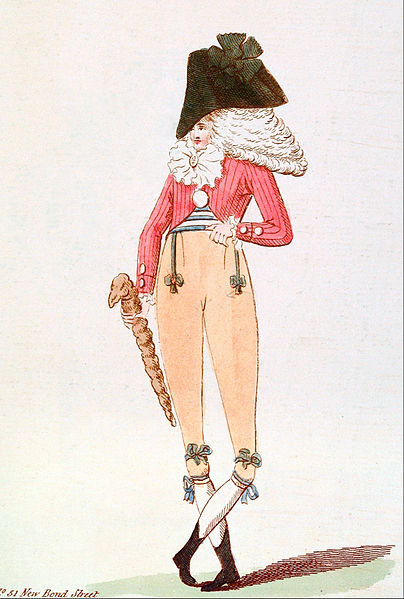
Images like these were inserted into the book by the owners....


Astronomy in the 1600's was fascinating
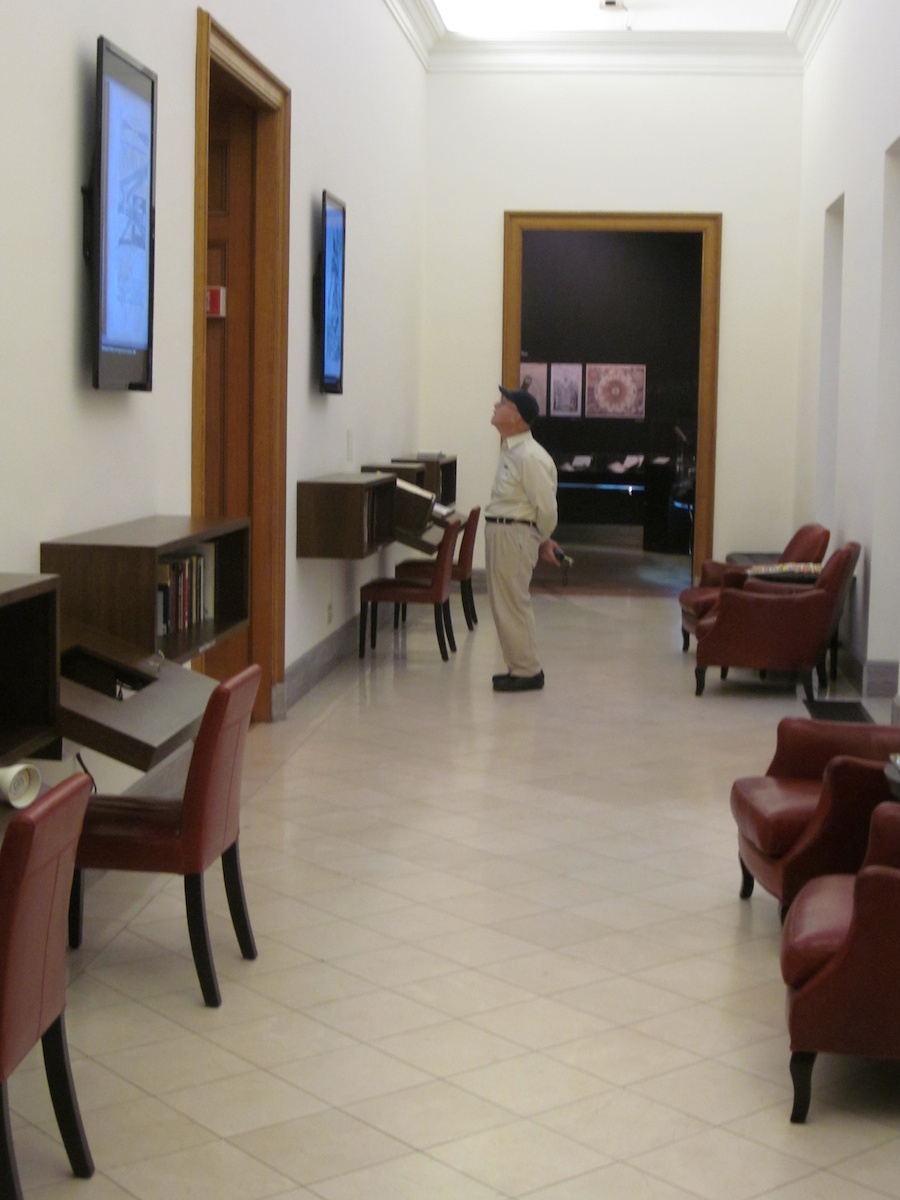
Greg is getting "Gee-Whizzed" by the multimedia displays
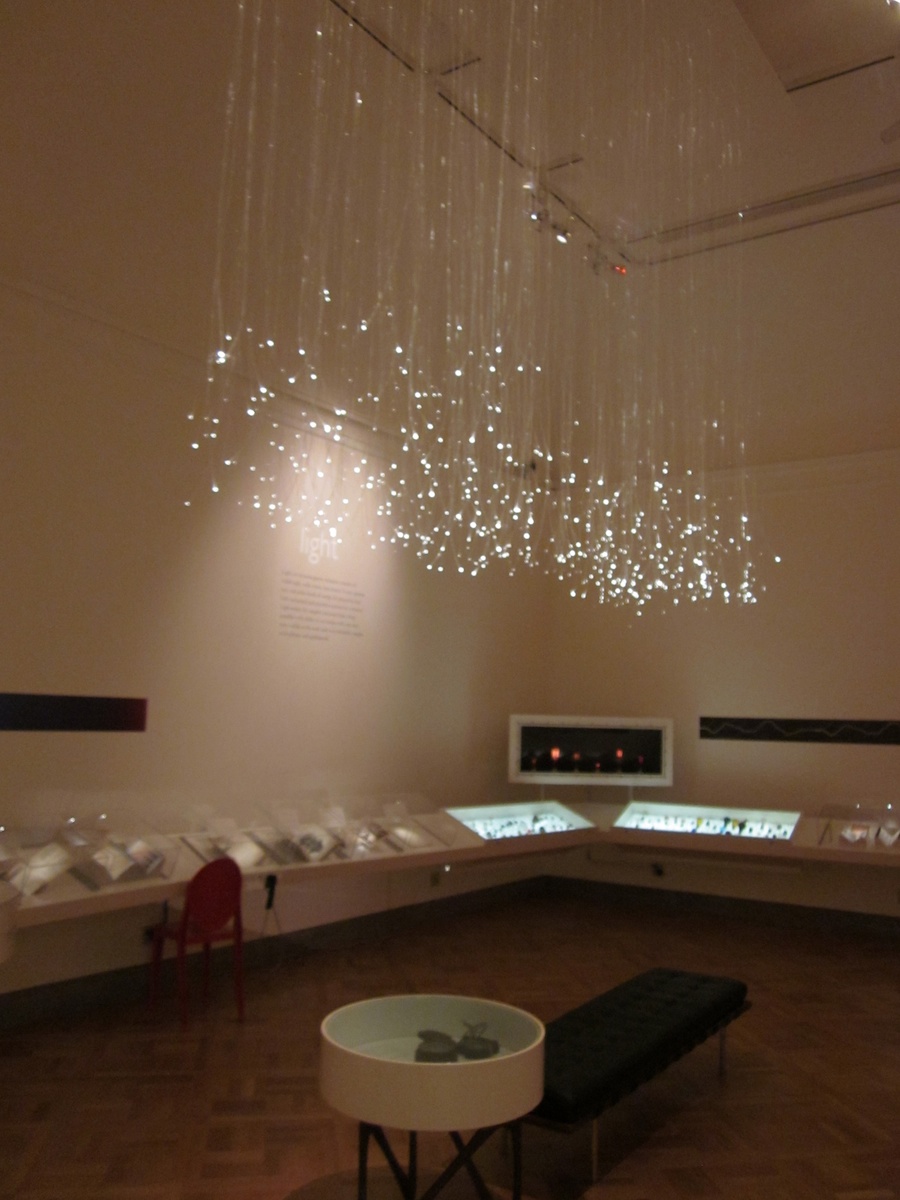
Love the fibre-optics
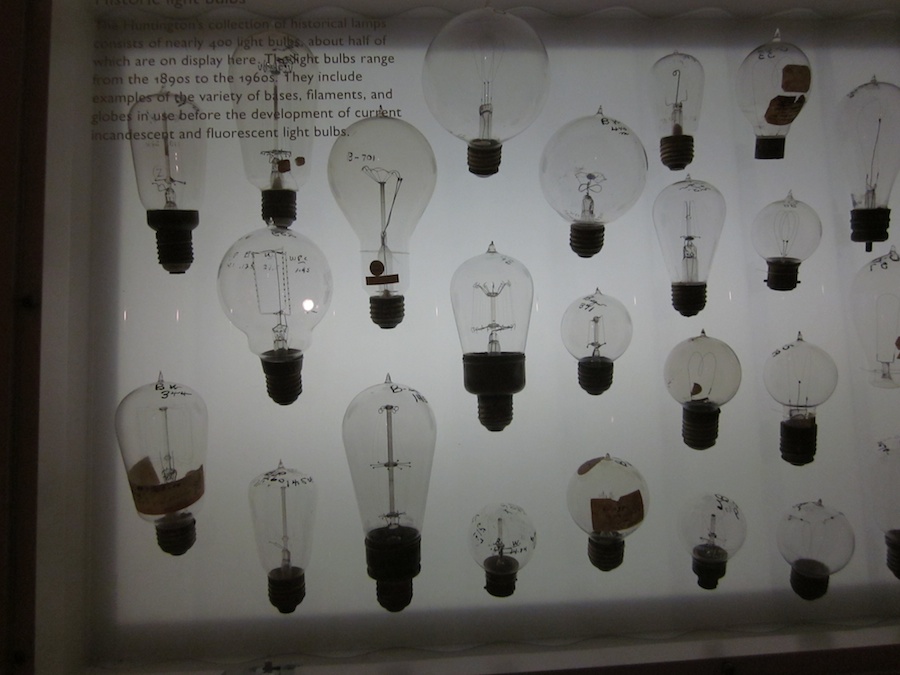
Our light bulbs looked like this 100 years ago! All hand made
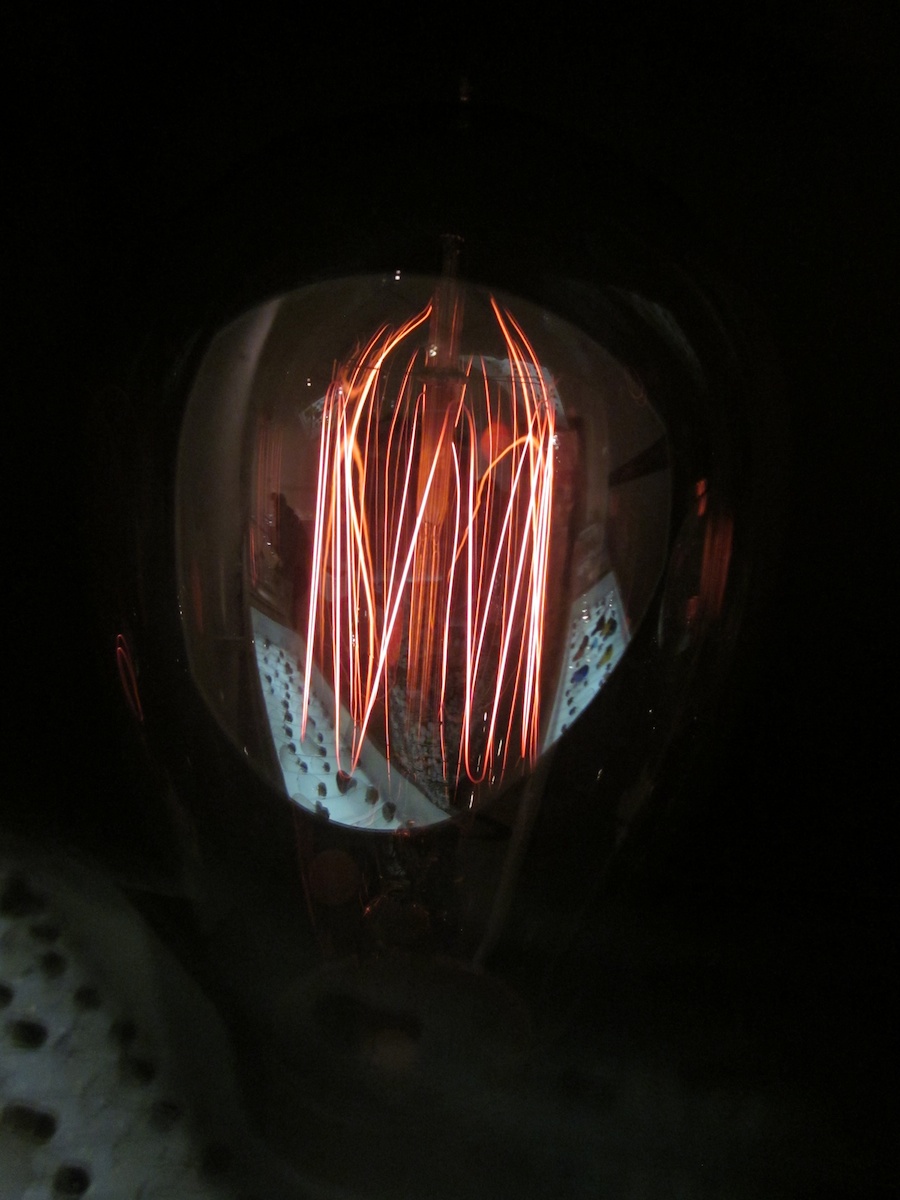
The filament is operating at 20% to save it's life

Every kind one could imagine

